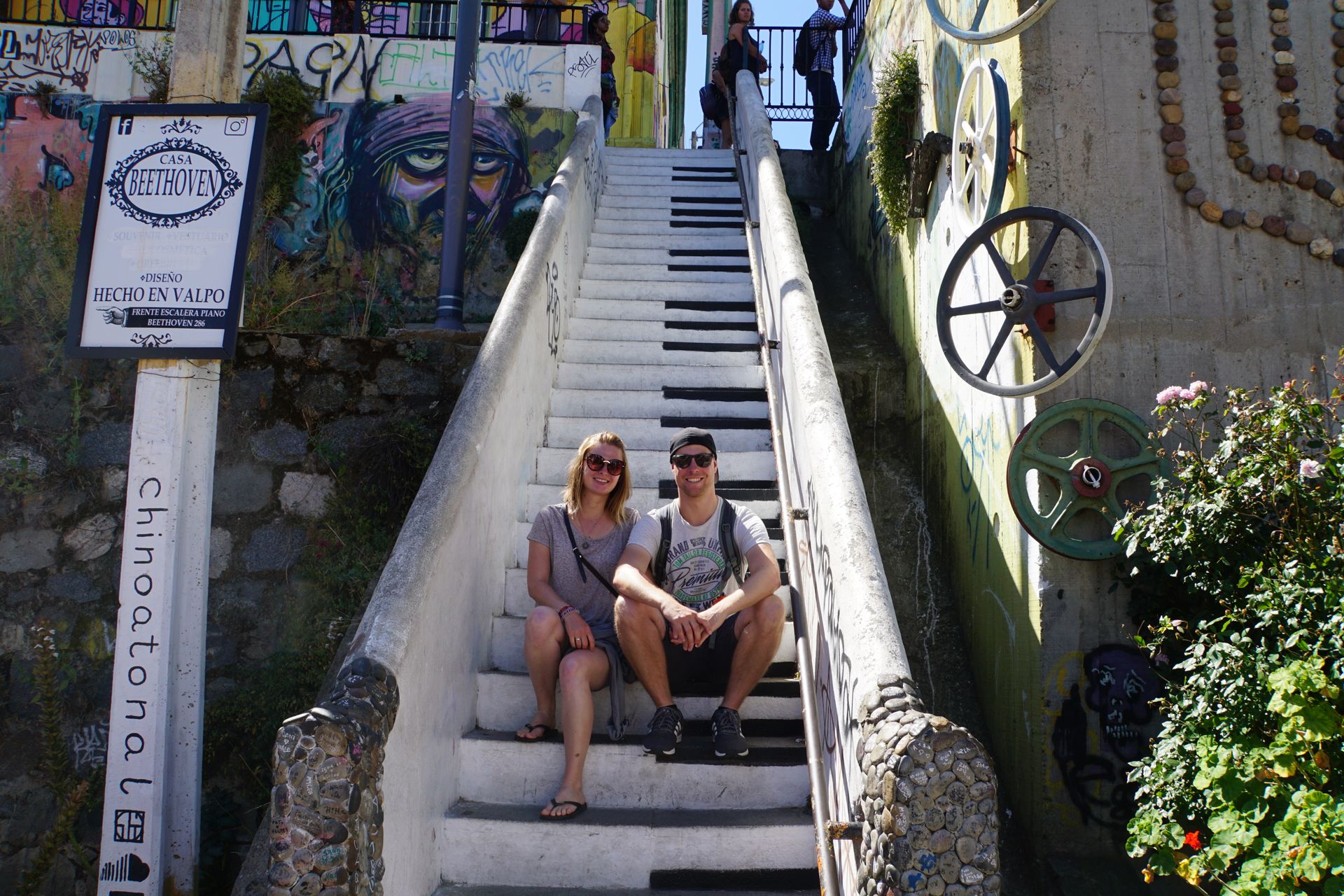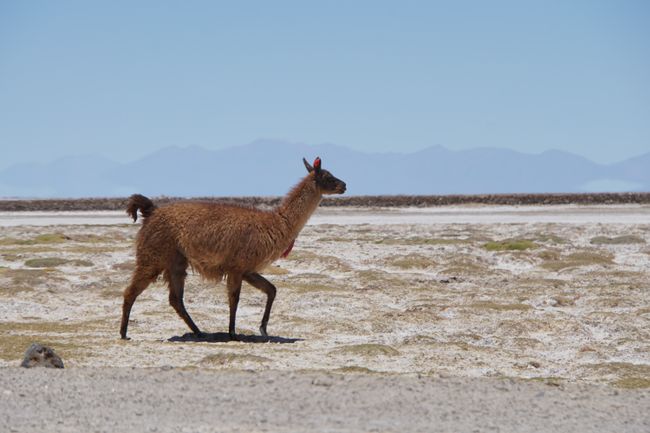Hanoi, Ninh Binh and Halong Bay
Pubblicato: 03.04.2019
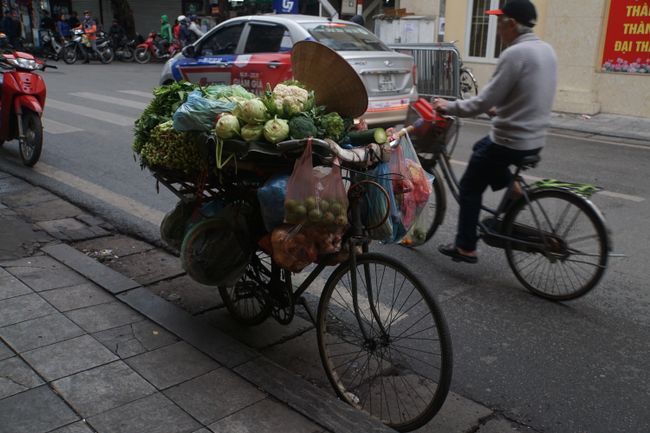
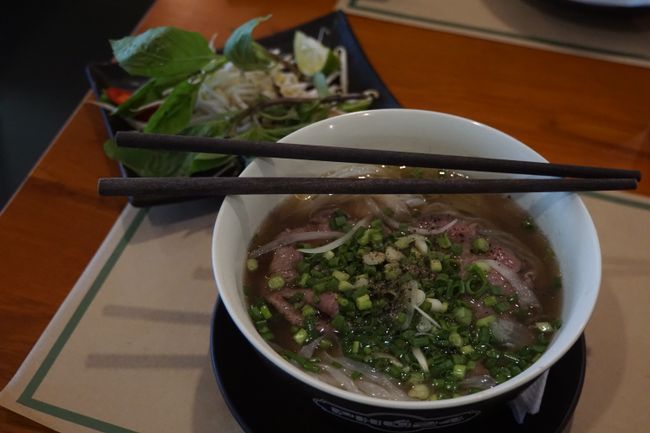
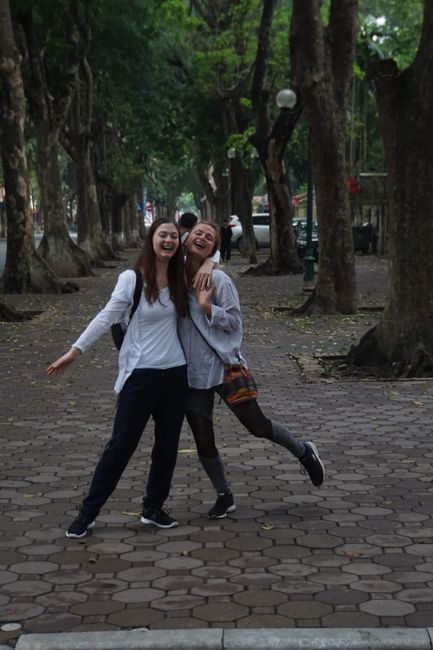
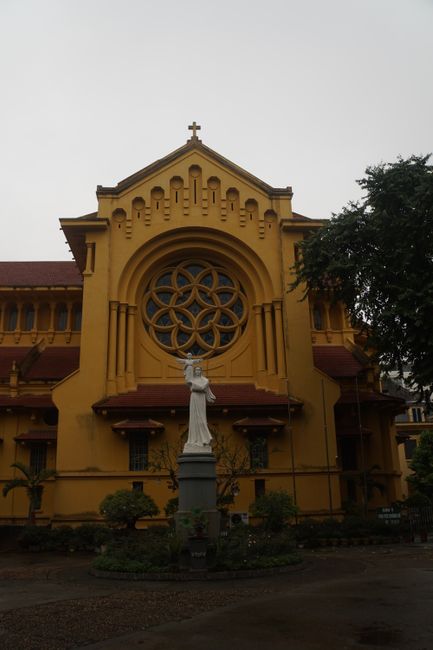
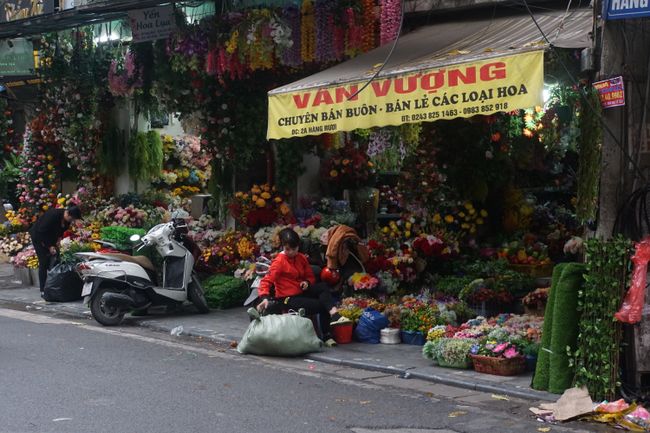
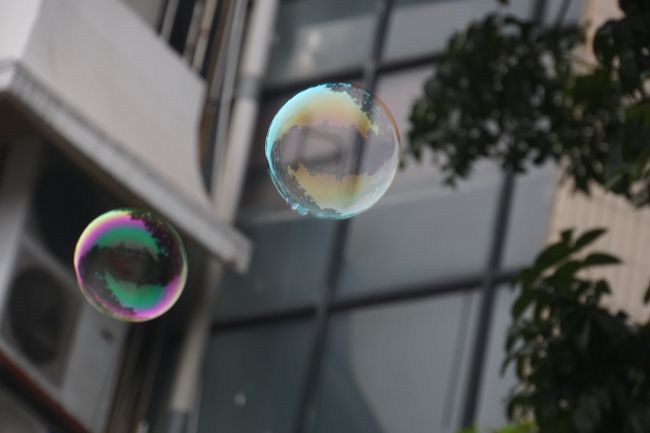
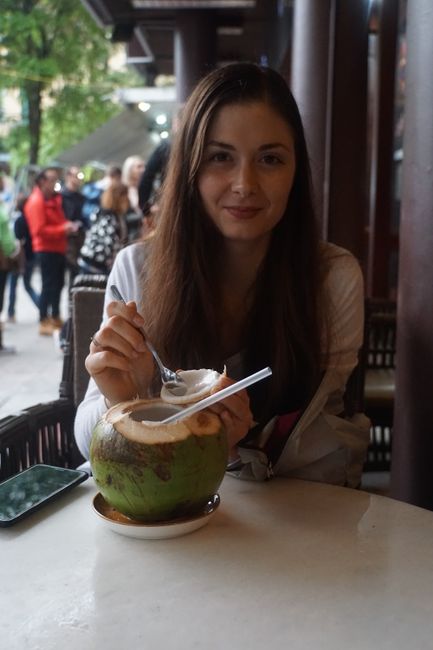
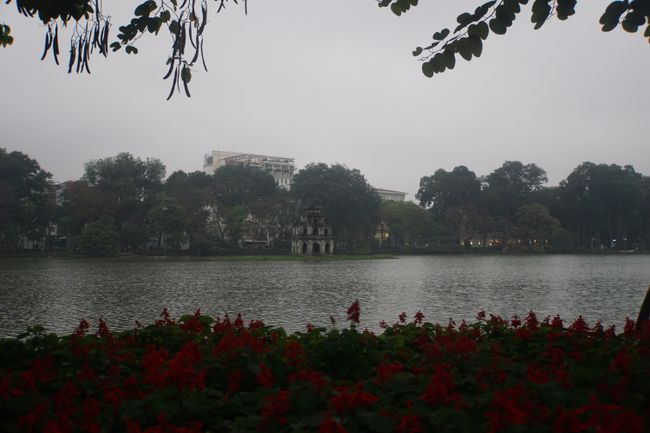
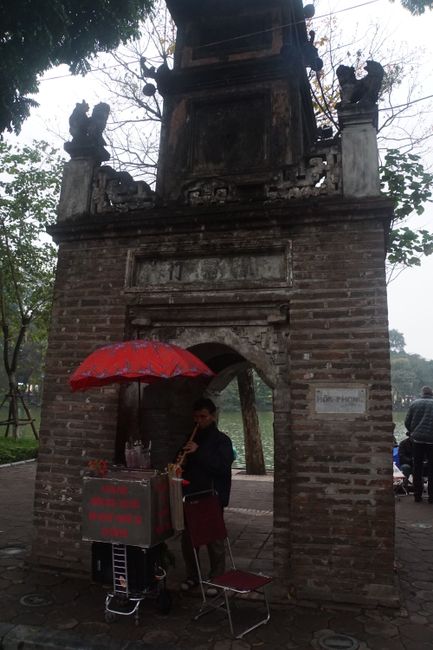
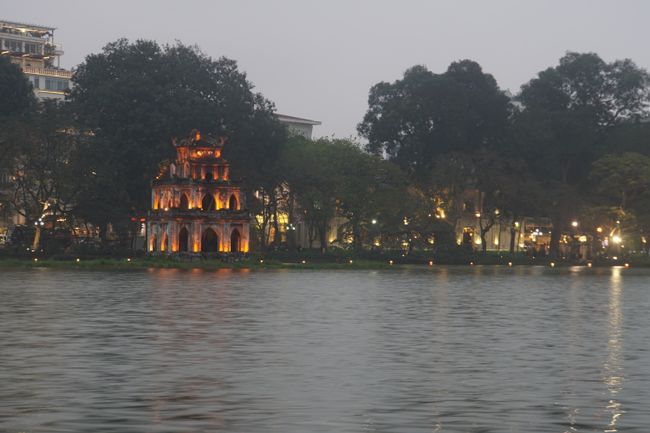
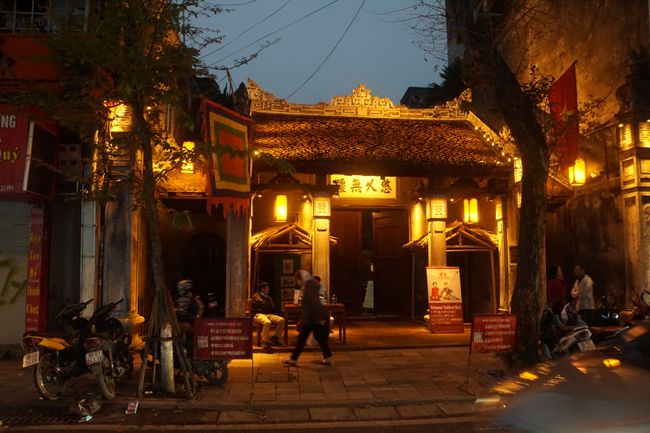
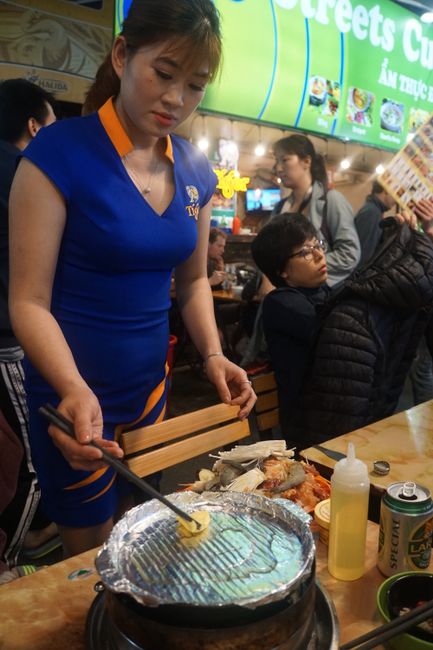
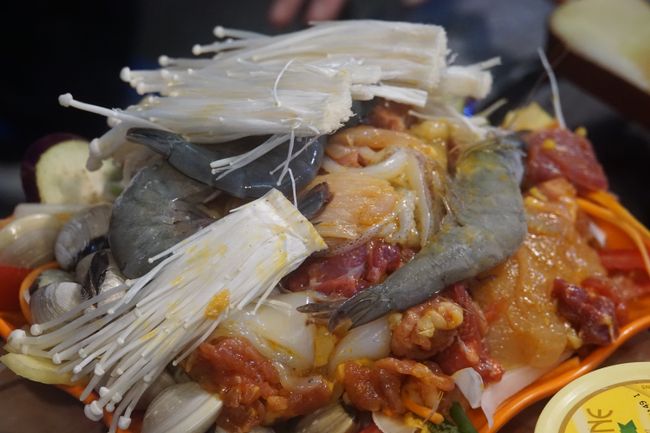
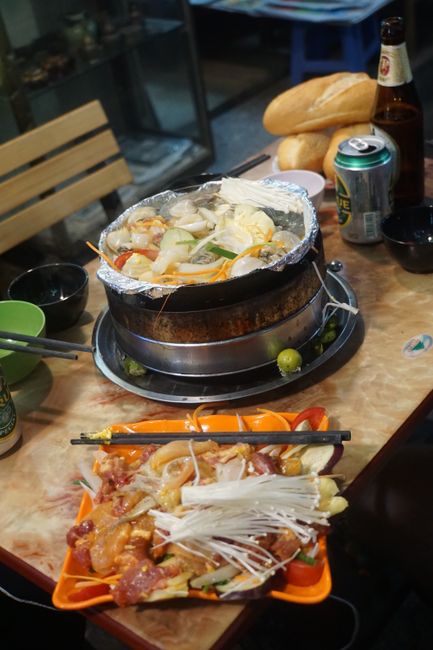
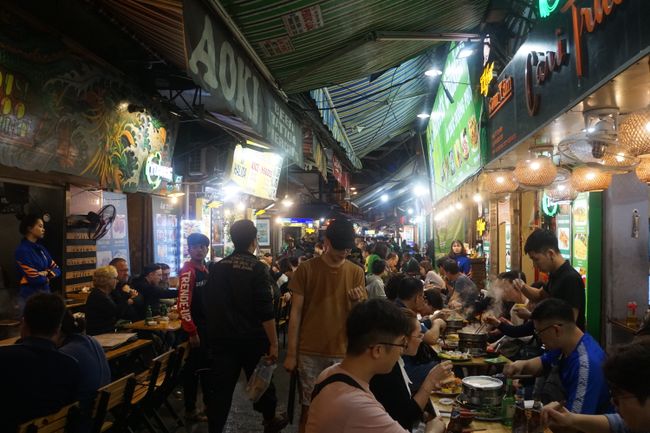
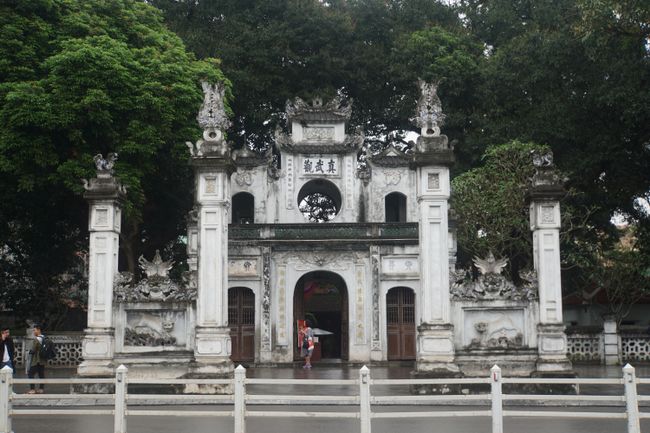
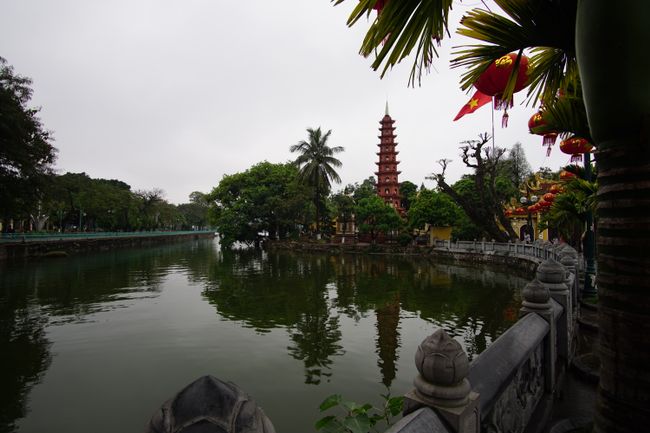
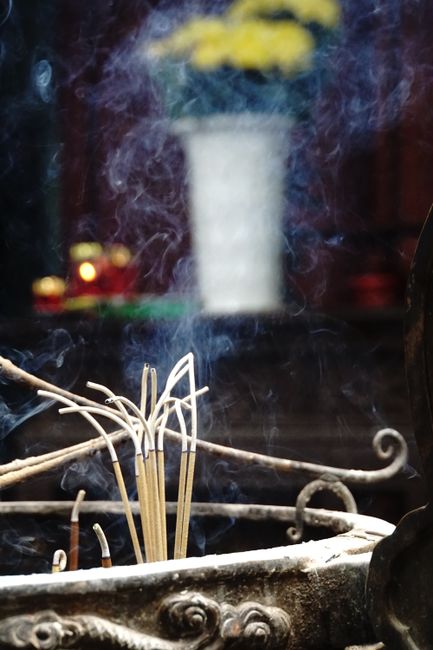
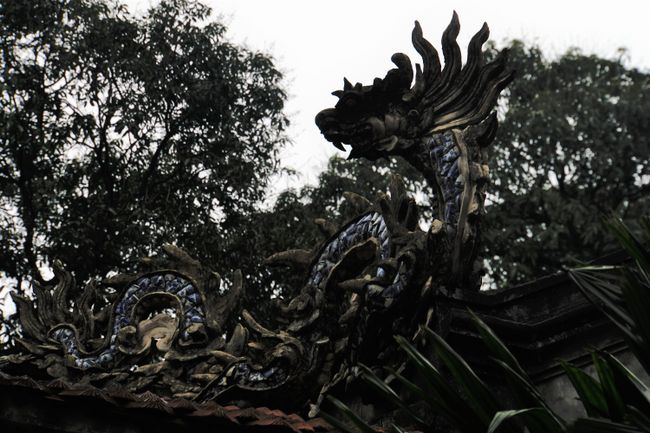
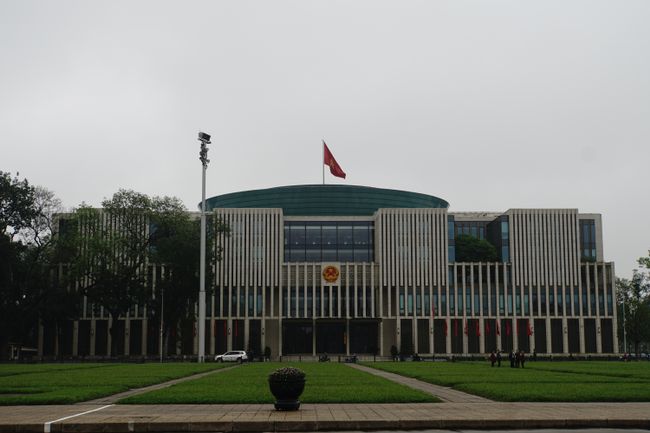
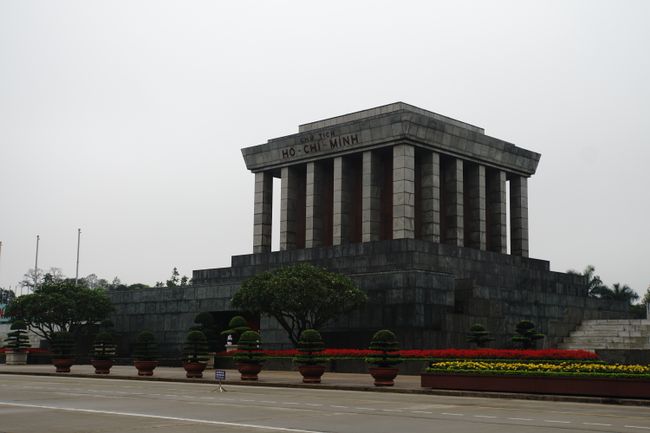
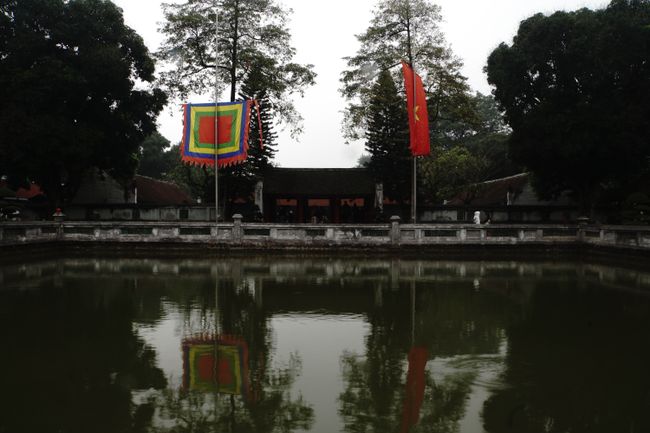
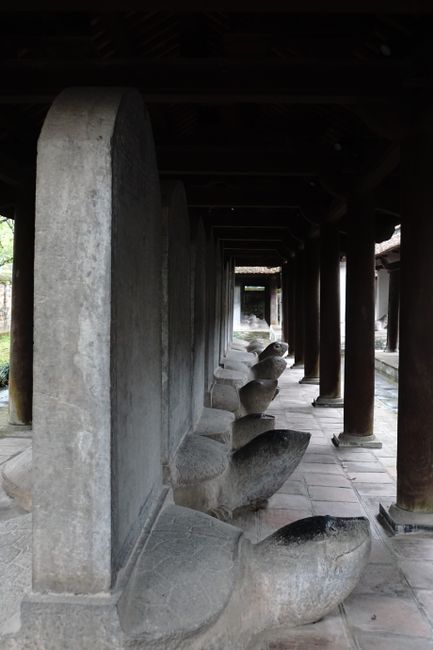
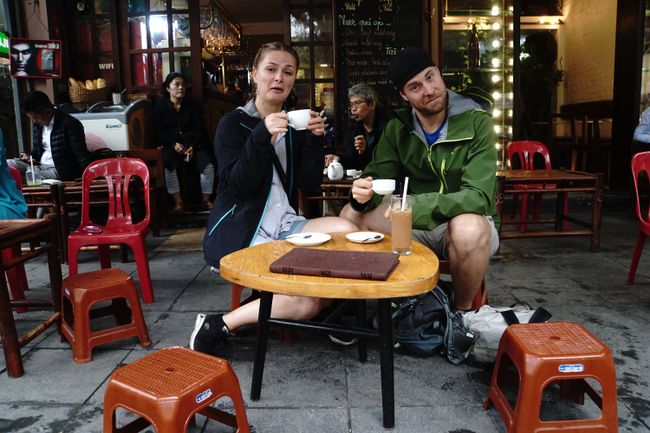
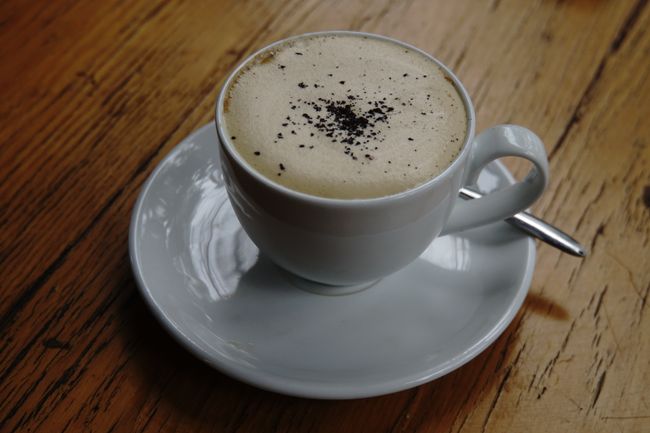
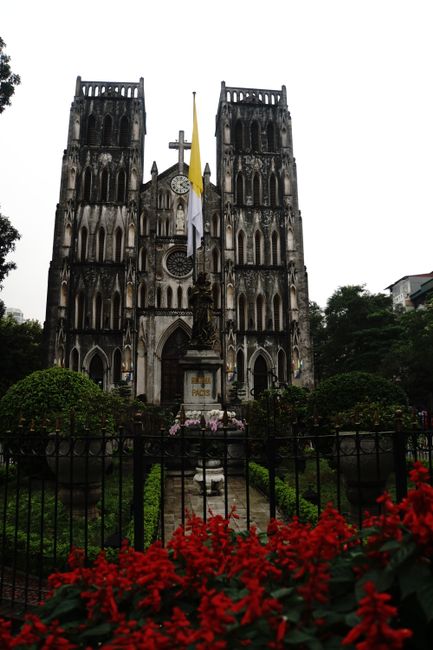
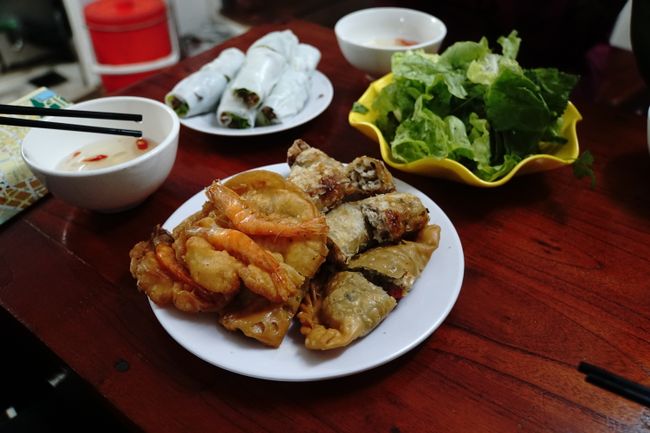
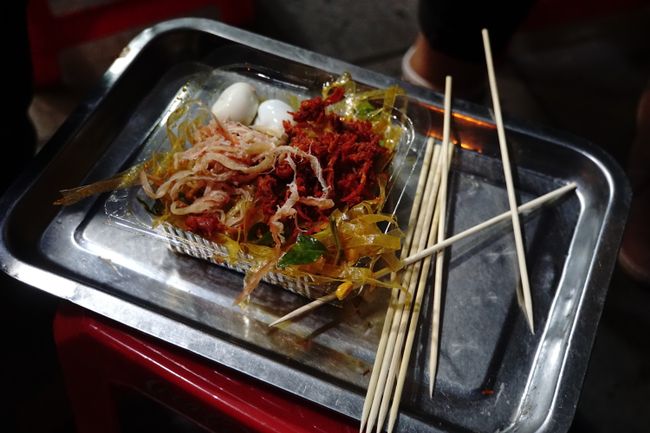
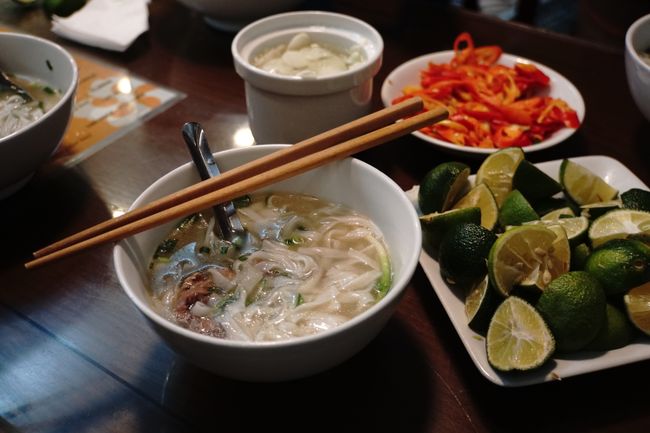
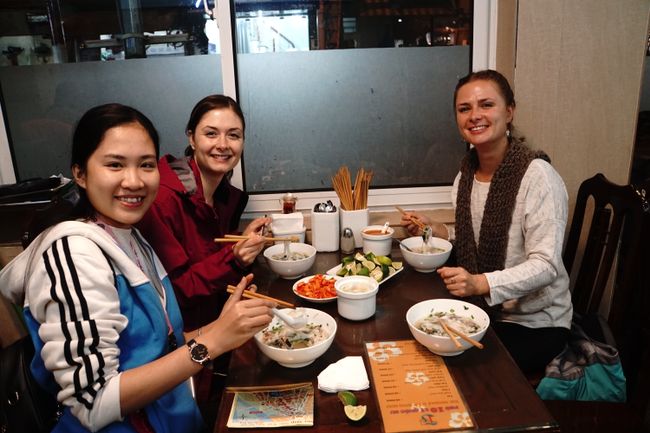
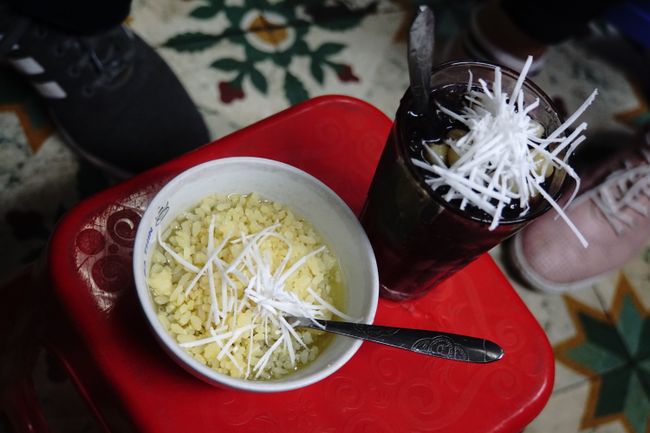
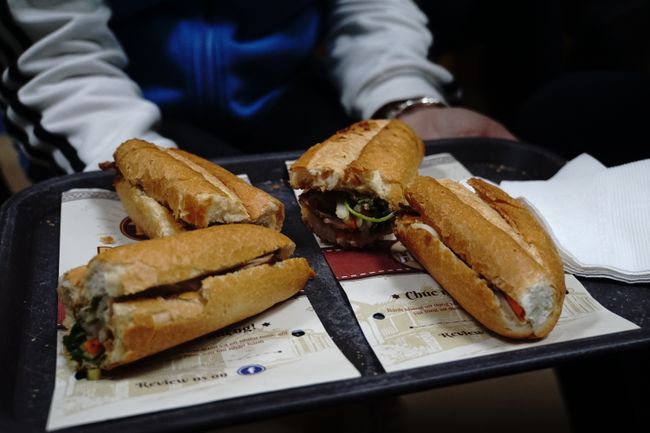
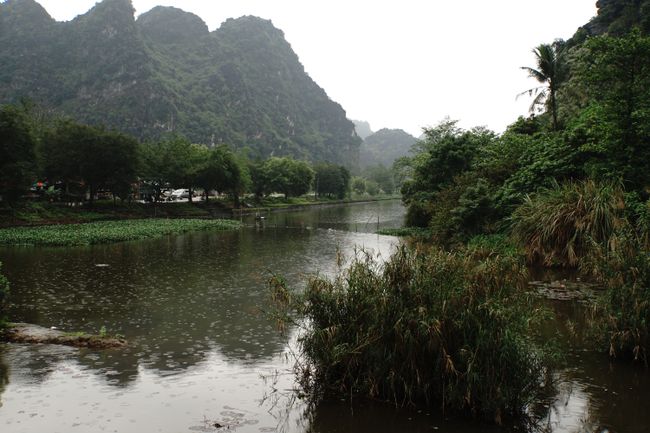
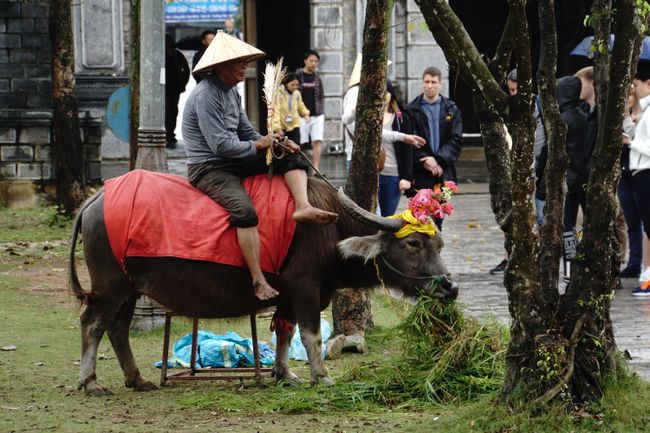
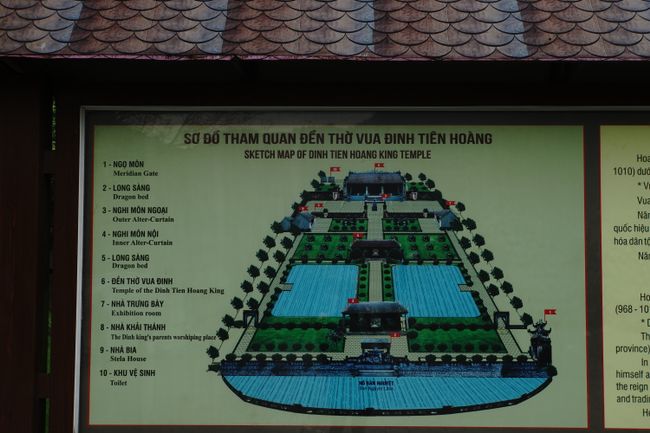
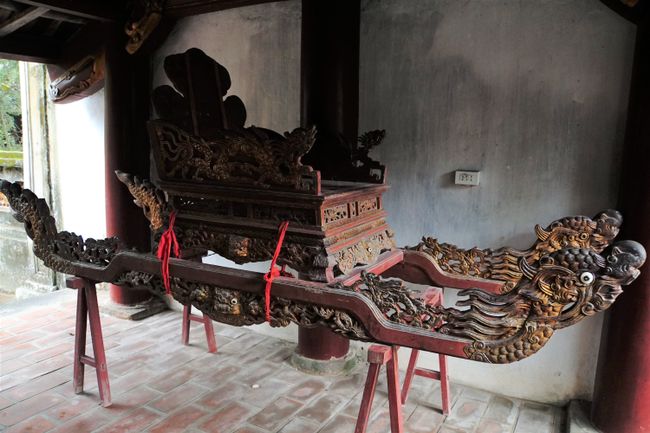
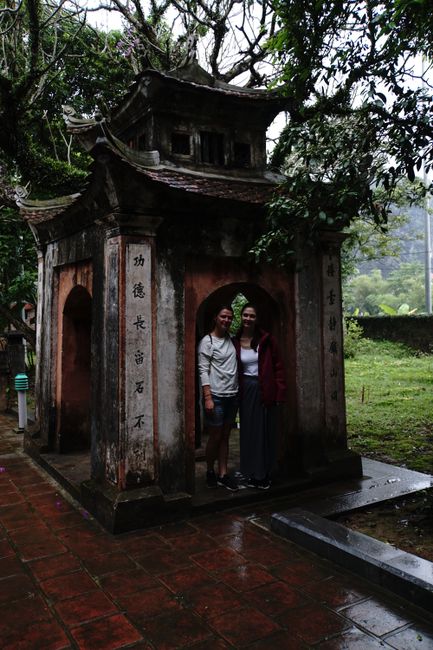
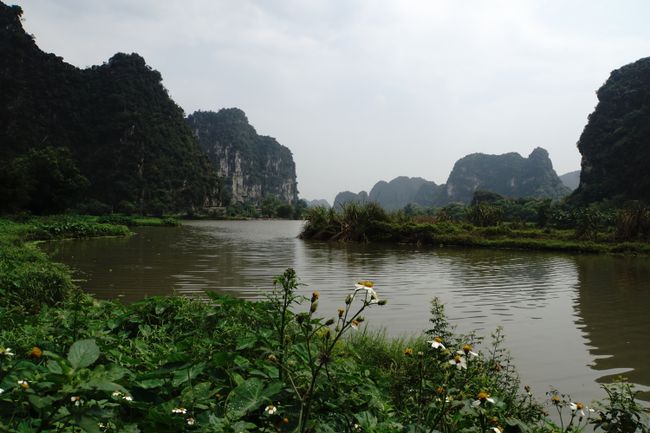
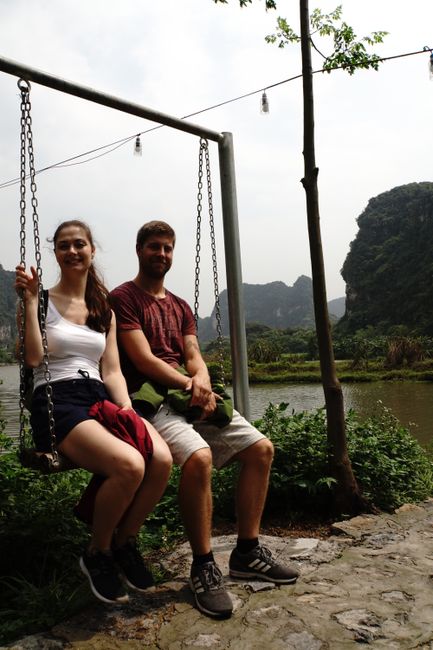
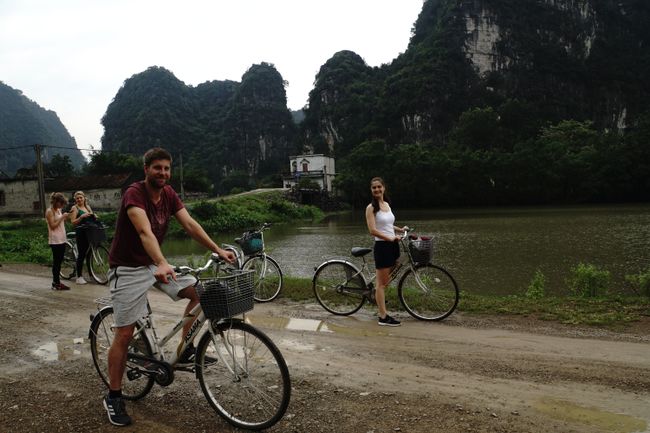
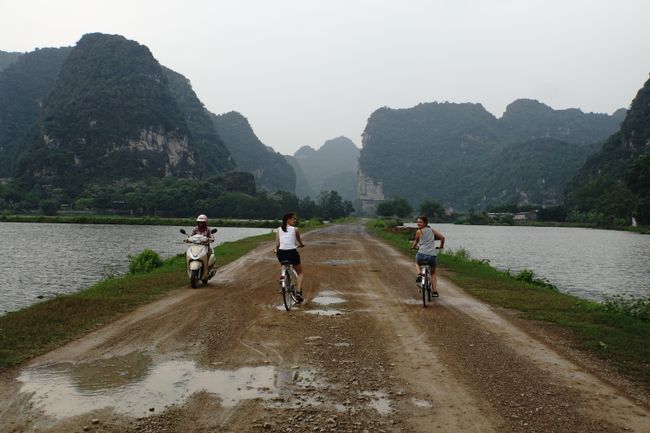
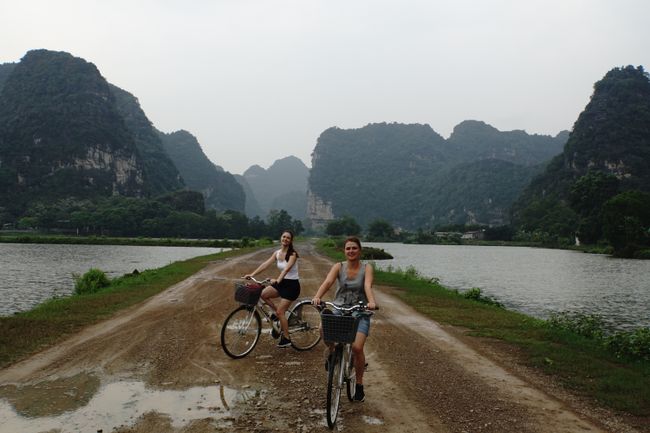
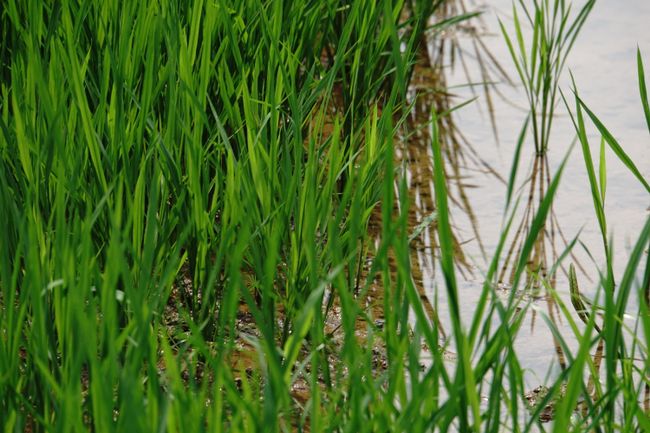
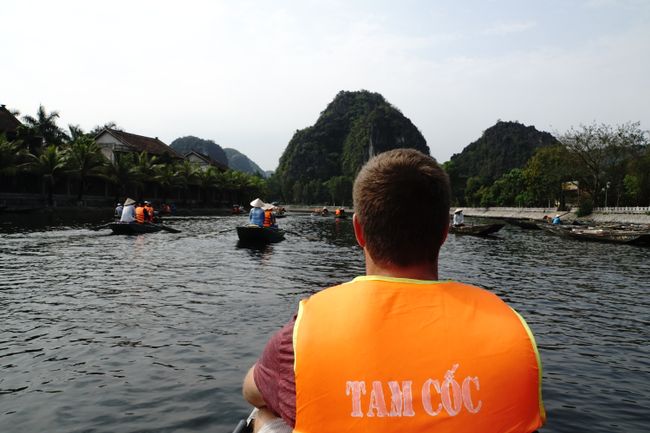
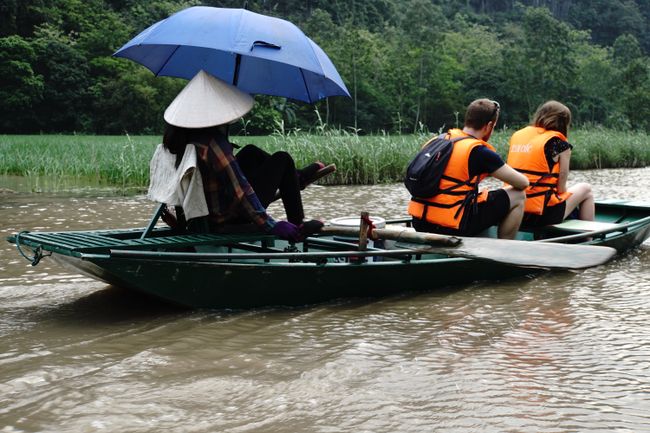
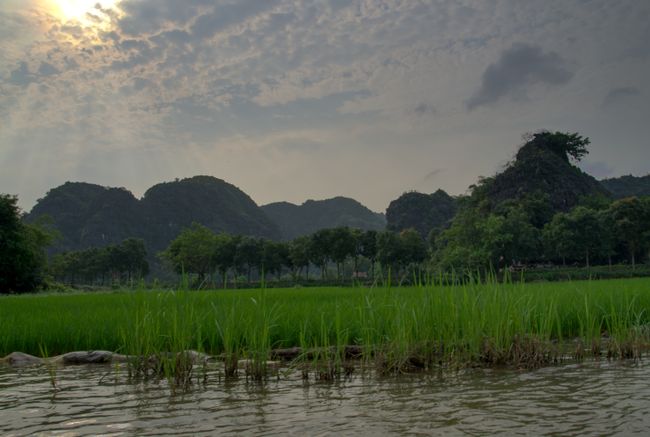
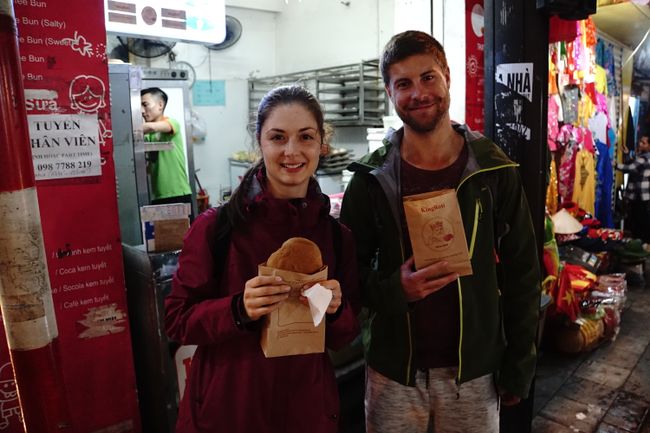
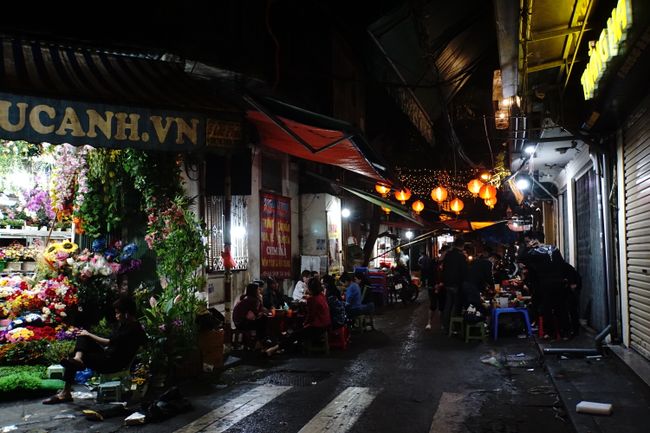
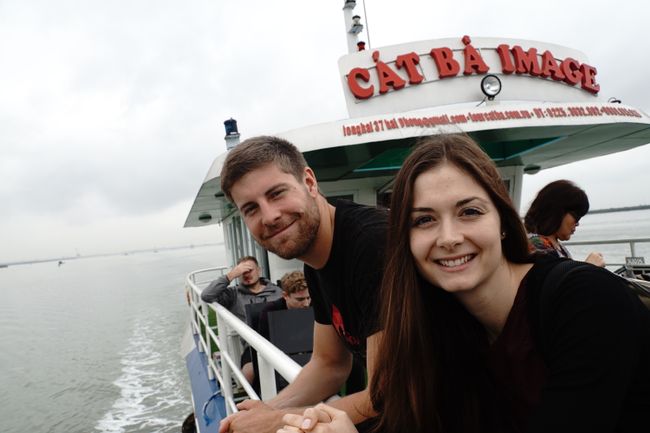
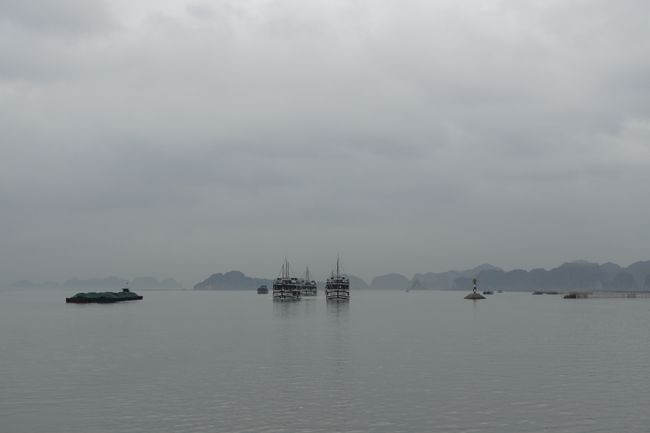
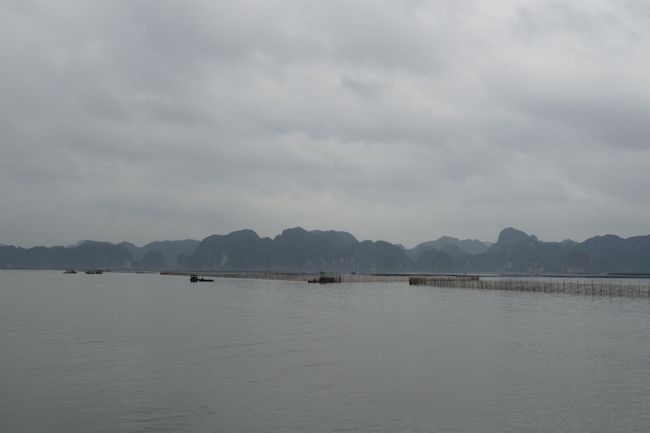
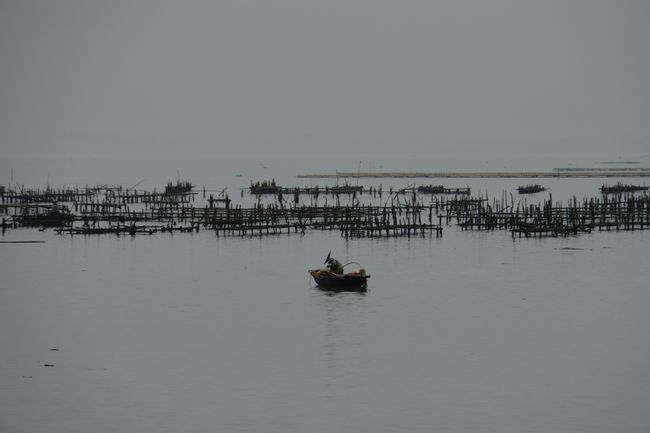
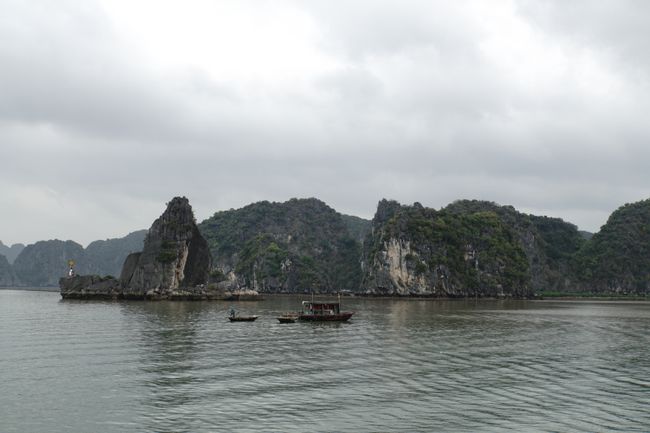
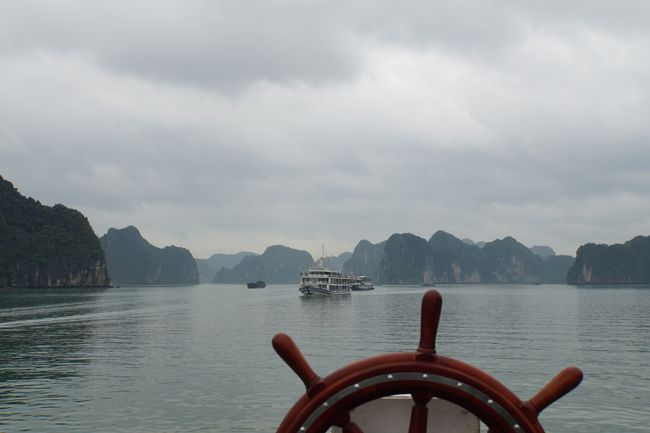
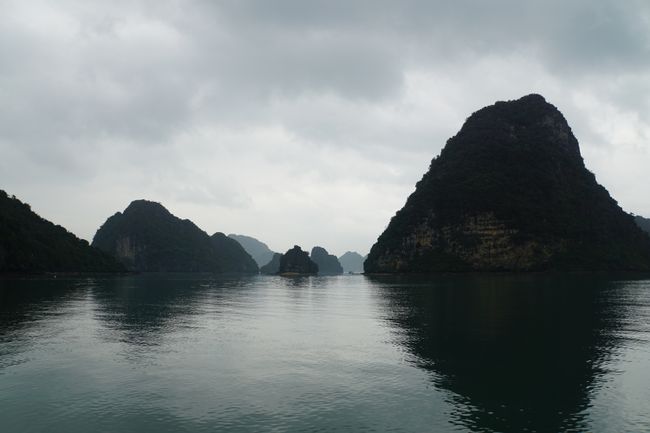
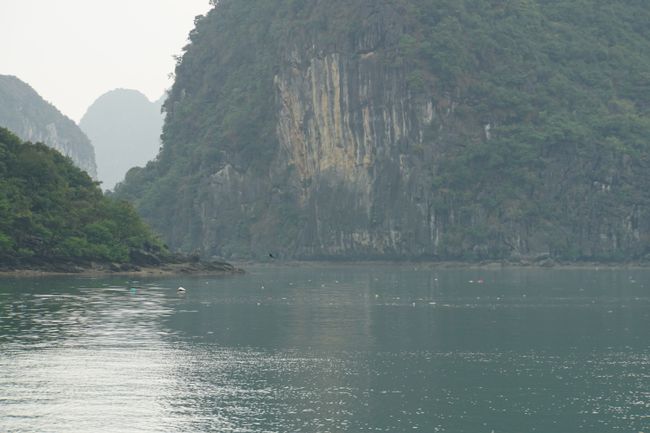
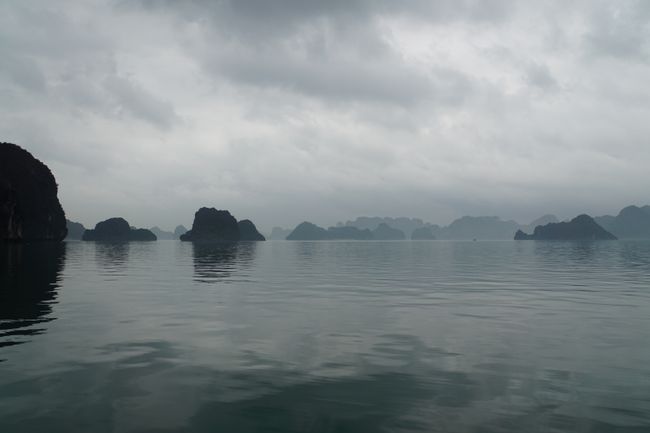
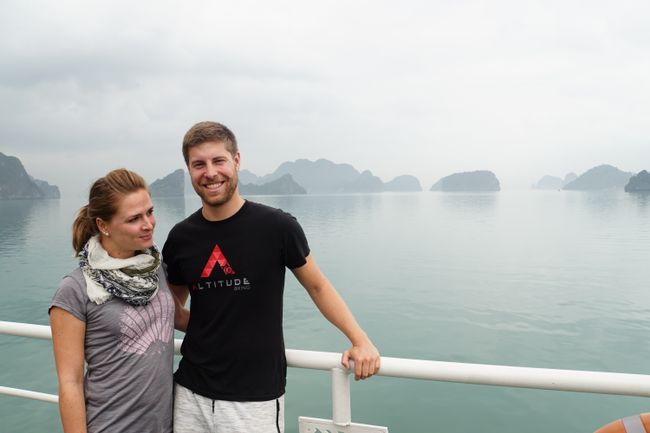
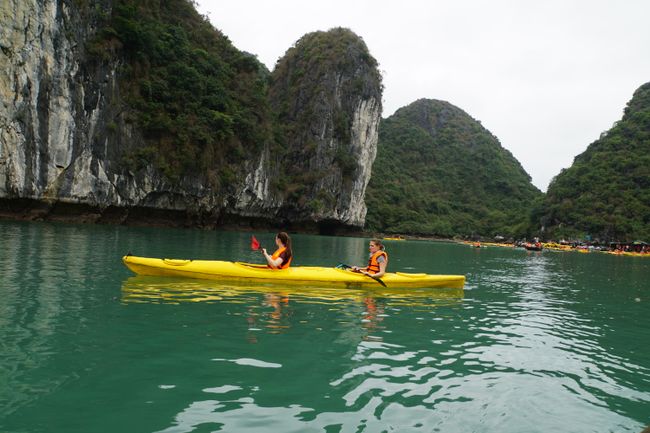
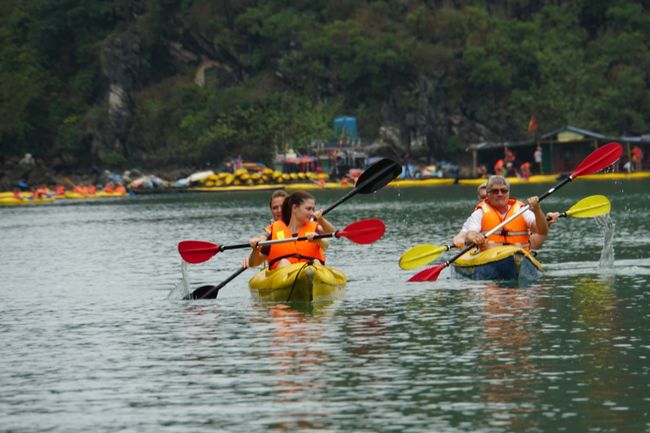
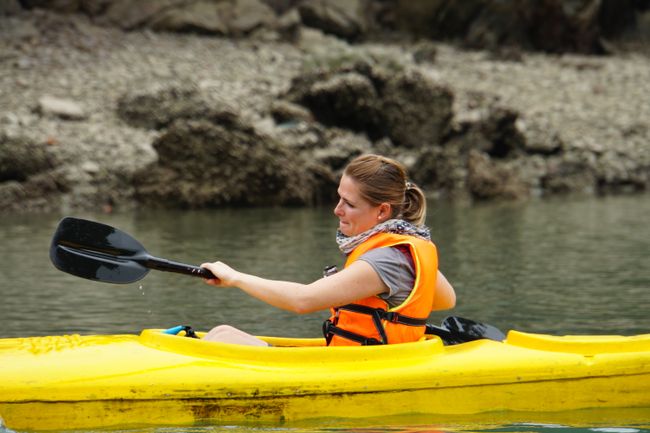
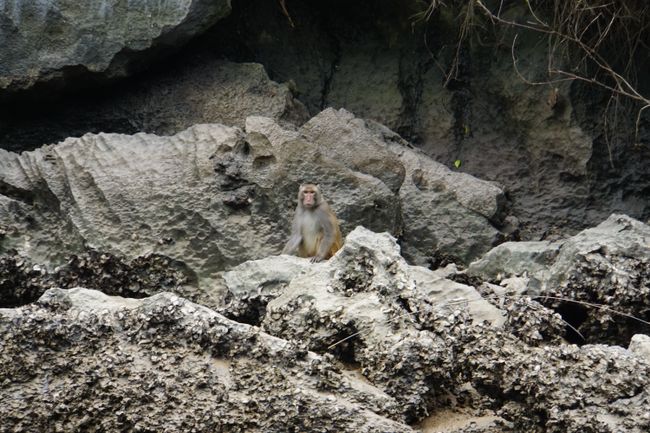
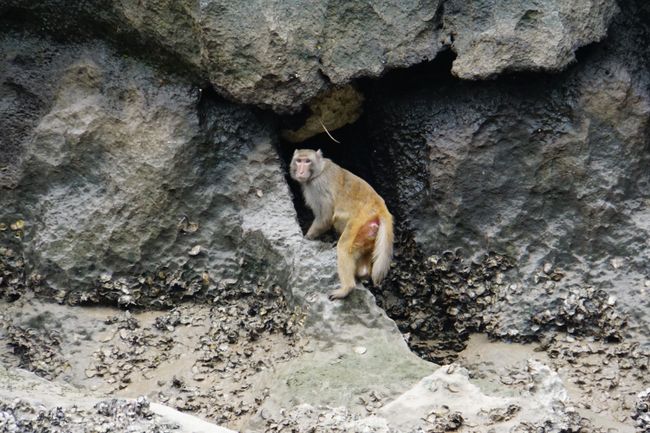
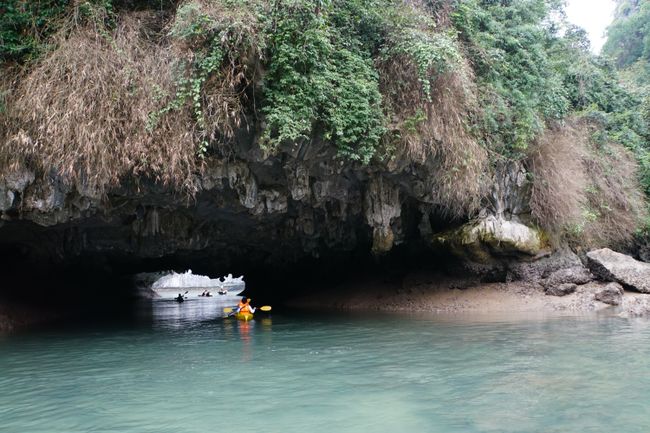
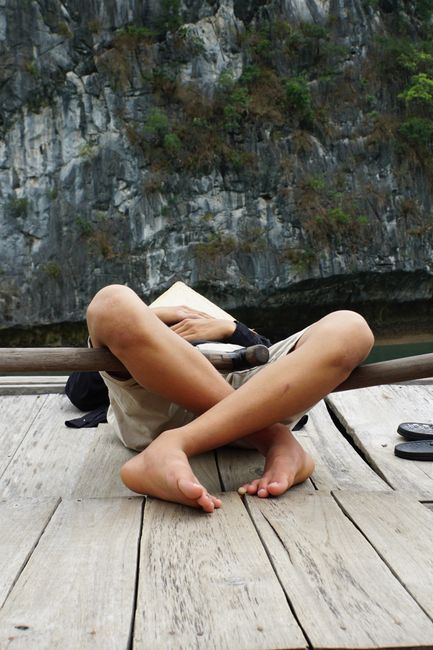
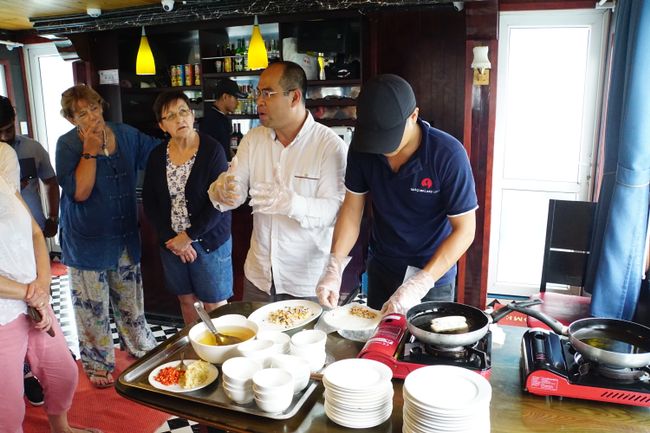
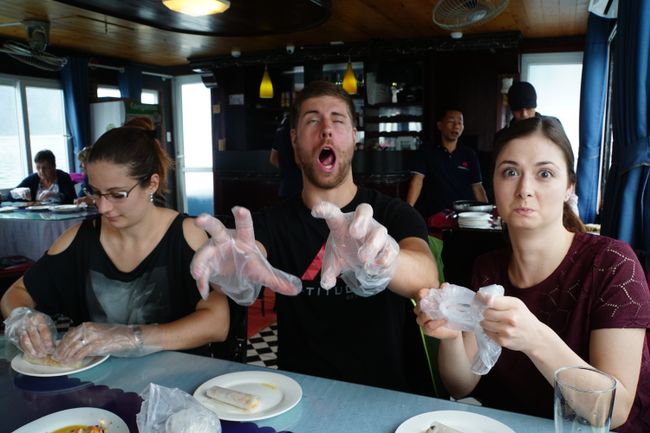
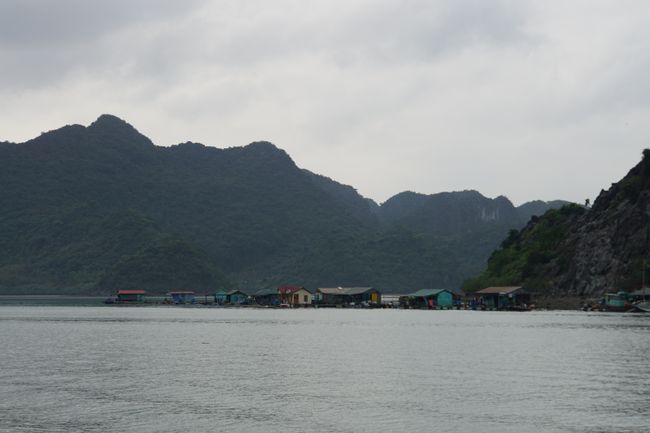
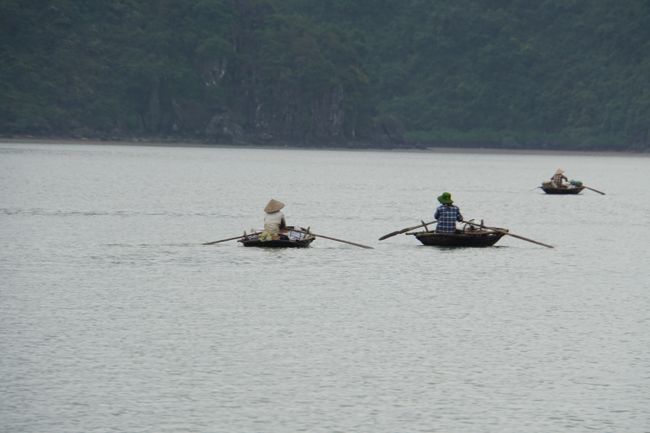
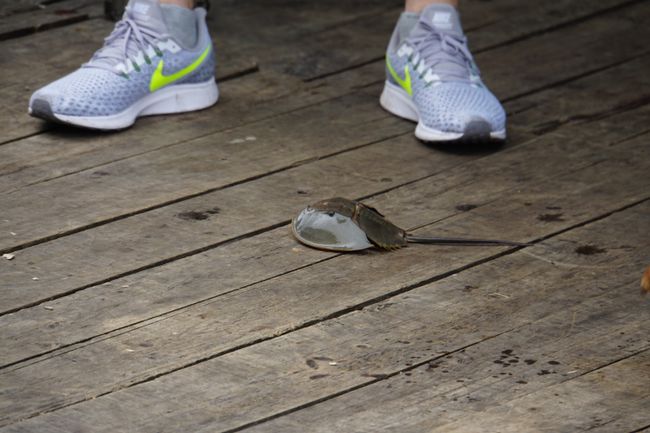

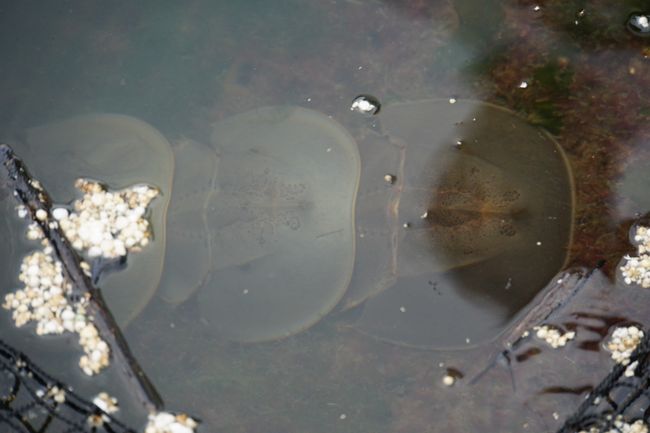
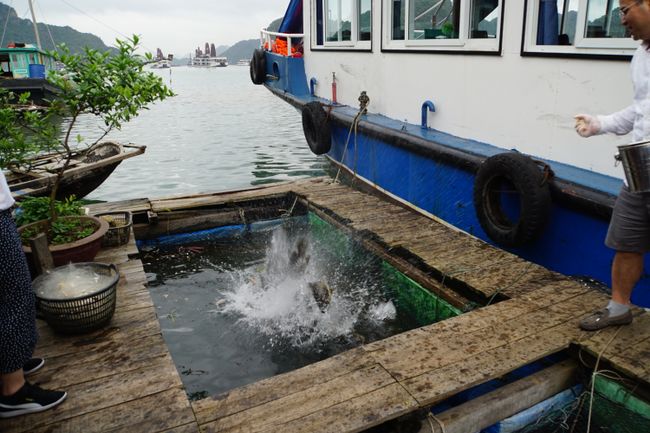

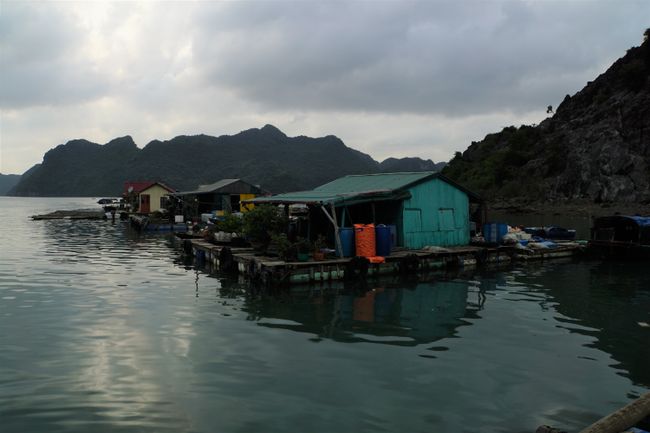

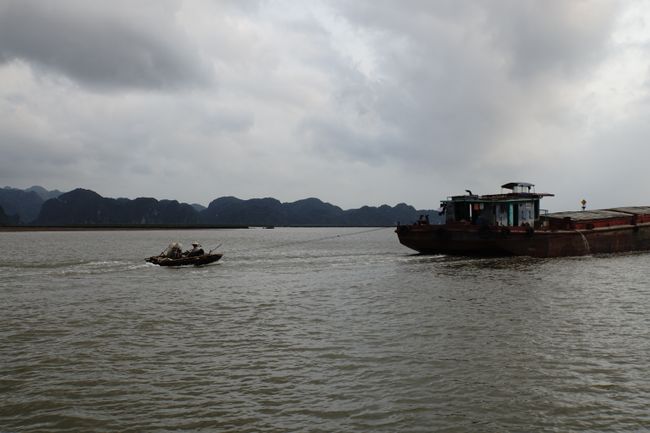
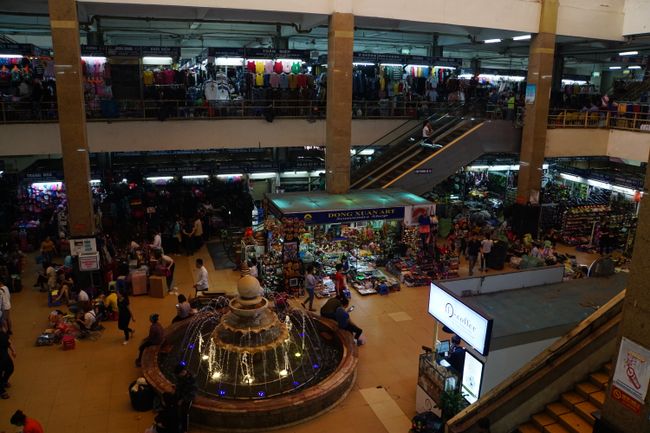
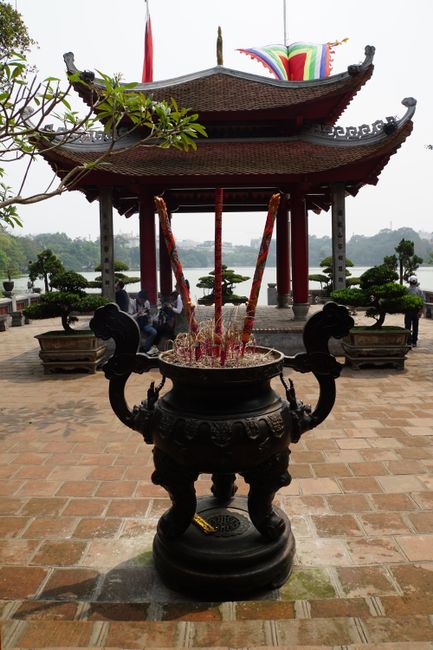
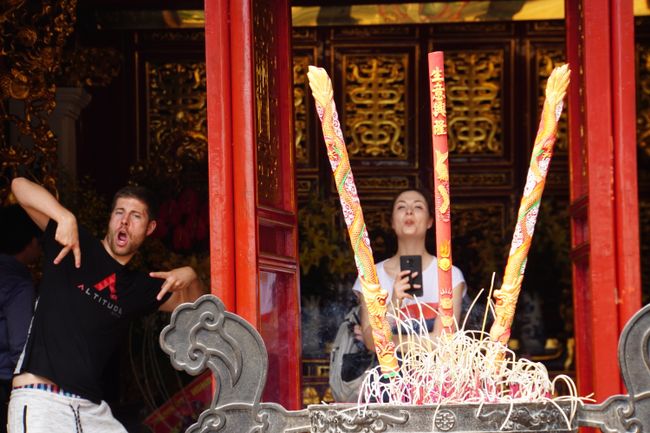
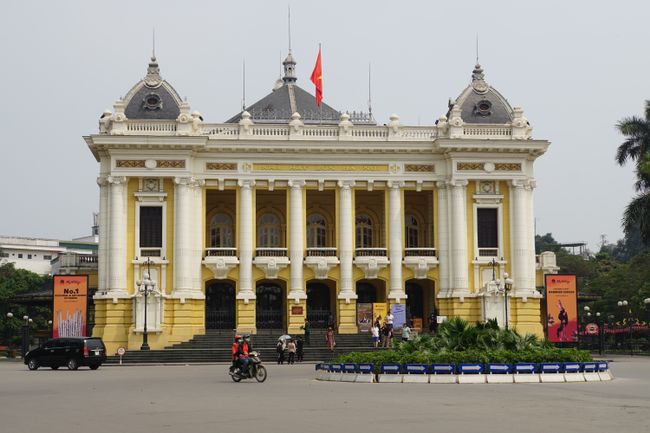
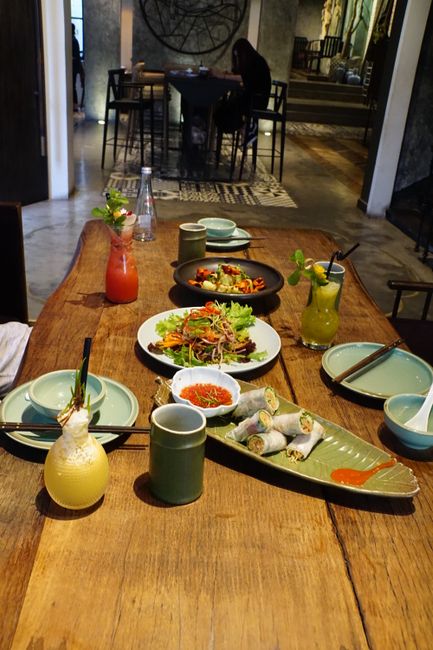
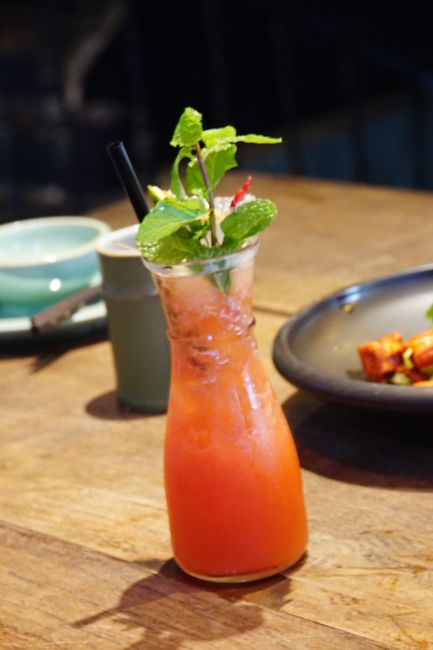
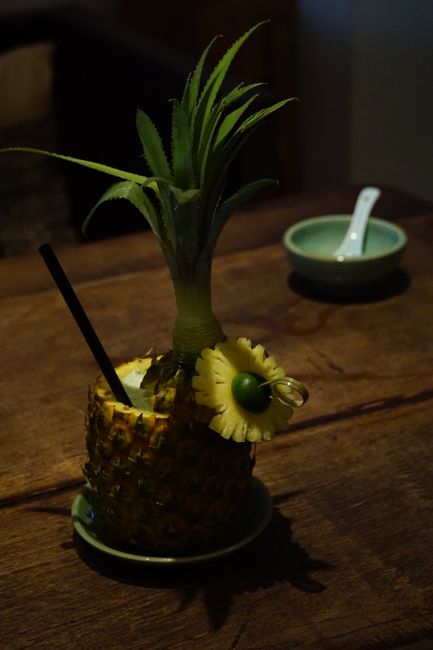
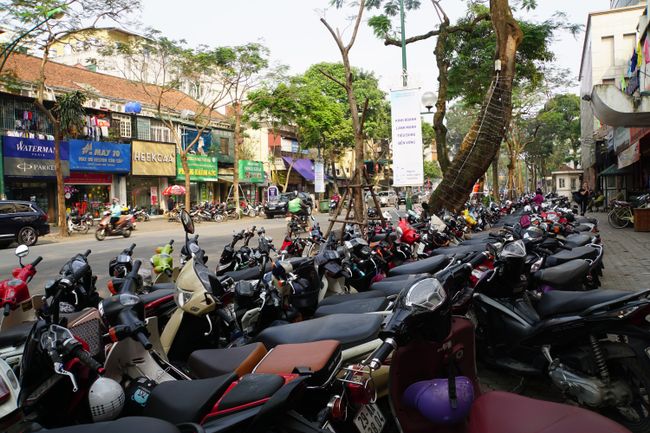
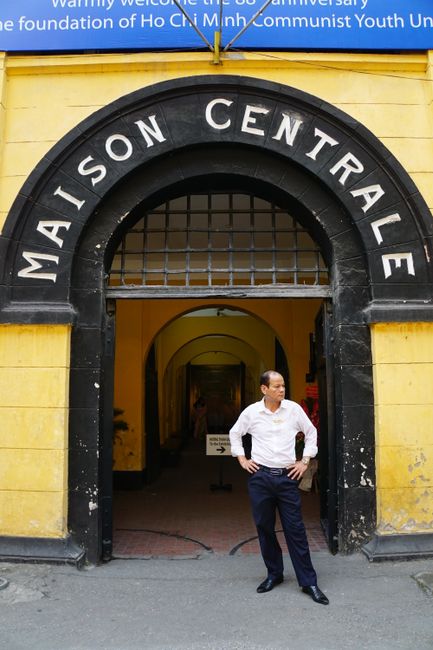
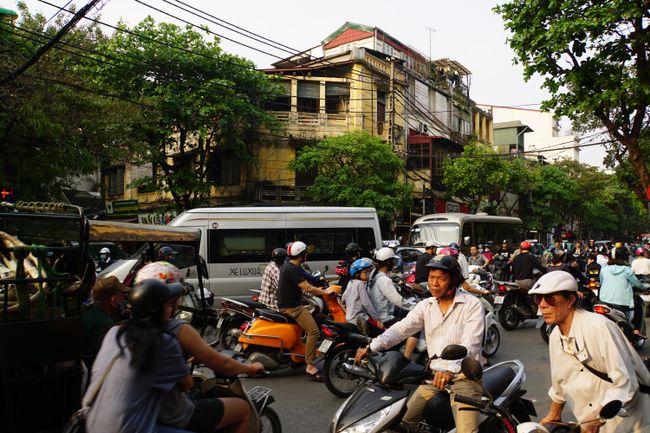
Iscriviti alla Newsletter
After three hours of flying, we land on time in Hanoi. Laura's sister Carolyn is also due to arrive in a few hours. So we have more than enough time for a second breakfast and a coffee, after all, it's only 9 a.m. here! We find something to eat at the international terminal and order a Pho Thai. A Pho is traditionally made with a rich broth, onion and leek rings, rice noodles, and thinly sliced beef (if the soup is made with chicken instead of beef, it is called Pho Ga, and if the beef is still raw and cooked in the broth). The broth is seasoned with various spices such as ginger, star anise, and cinnamon. It is served with soy sprouts, coriander, Thai basil, lime, and chili, so you can season the soup to taste. The Vietnamese traditionally eat this broth for breakfast or dinner. We absolutely love it and can imagine eating this dish for breakfast more often.

After the soup, we go to the Vietnamese competitor of Starbucks, the Highlands Coffee. Contrary to our expectations, the Vietnamese have a pronounced coffee culture. We had expected that there would be a lot of powdered coffee like in Peru and Bolivia. Although both countries produce a lot of coffee, almost everything is exported. The powdered coffee is usually made from low-quality beans and is therefore affordable for Peruvians and Bolivians. Vietnam is the second-largest coffee producer in the world, right behind Brazil. This is surprising when you compare the size of the two countries. By the way, the first coffee plants were brought by French missionaries, and soon after that, coffee cultivation in Vietnam was expanded because the plants thrive very well in the mild climate of the Vietnamese highlands. In 2017, Vietnam produced over 1.5 million tons of coffee. And Vietnam not only exports coffee. It has developed a rich coffee culture. The offerings range from Vietnamese iced coffee with sweet condensed milk to iced coconut coffee to the world-famous egg coffee. Vietnamese coffee is now very popular, and some people even say it is the best coffee in the world. We can only agree with this opinion because the coffee tastes really excellent!
Caro's flight lands on time. We have already found out where and are eagerly waiting for her at the terminal exit. After a warm welcome, we make our way to the hotel in Hanoi together. Once we arrive, we decide to go on a first exploration tour. In short, it's chaotic. And colorful and loud and dirty and much more. There are hundreds of smells in the air, honking horns, and loud music coming from many shop windows. Hanoi is not only the capital of Vietnam but also the oldest city in the country, founded 1008 years ago. 'Ha Noi' by the way means 'city between the rivers', as Hanoi is enclosed by the delta of the Red River. Allegedly, before the city was founded, the first emperor of Vietnam took a bath in the river at this location and saw a golden dragon rise from the water. Therefore, he decided to establish his capital at this place, which he named 'Thang Long', meaning 'ascending dragon'. Later, the city was renamed.
But back to our exploration tour. First of all, we have to master the traffic and get across the street safely. It feels like there are 100,000 scooter riders on the road, making it seem impossible to get through. These scooter riders do not stop at crosswalks or traffic lights. But we manage anyway. The trick is to walk carefully onto the street and make eye contact with the scooter riders. They anticipate our path and maneuver around us skillfully. It's different with cars and buses. Buses must be avoided at all costs because they cannot maneuver around us and don't think it is necessary to brake. We think we did quite well for our first time participating in the traffic in Hanoi. After all, we managed to cross the street unharmed.

There we are again ^^


A fresh coconut provides fluid and electrolytes
Today is Sunday and there is a lot going on in the streets of Hanoi! Groups of young people are dancing to loud music on the street, others are playing a type of feather ball game. We even see a man playing a nose flute! The hustle and bustle on the streets does not calm down in the evening.
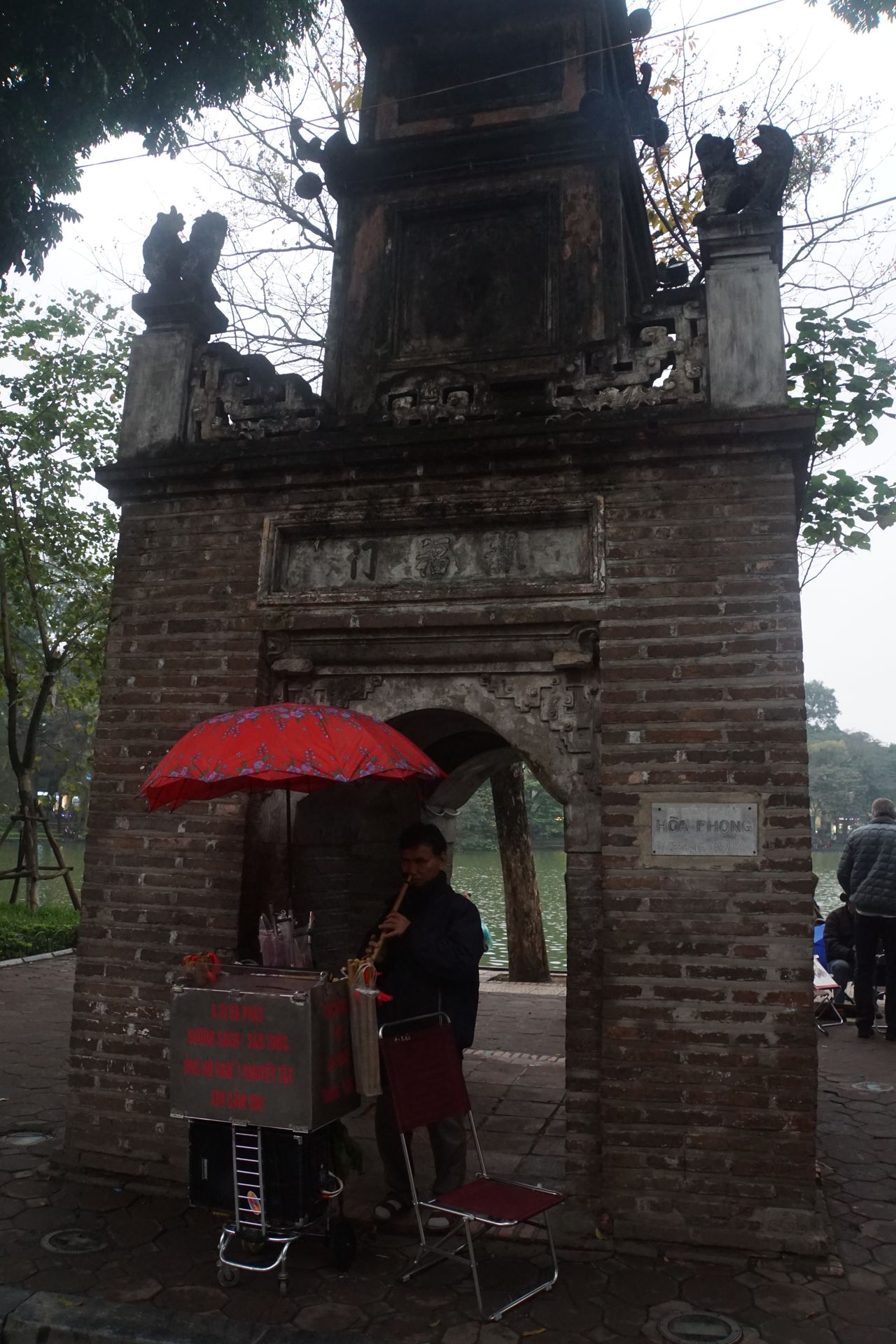
In the meantime, it has gotten dark. We have started to get a little hungry and decide to try our first street food in Vietnam. We end up in a small alley where tiny chairs and tables are set up on the street, each table equipped with a small grill. The small grills are fueled with a burning paste, and there is a colorful plate of marinated meat, mussels, shrimps, mushrooms, onions, and tomatoes to grill. To prevent anything from burning, a generous amount of garlic butter is thrown on the grill, and then we can get started. It takes a while to cook everything on this small grill, but we have a lot of fun and the food tastes excellent!


Garlic butter helps with grilling Our little 'feast plate'
Our little 'feast plate'
On the way back to the hotel, we stop by the night market on Hang Dao Street. Here you can find all kinds of clothing, handbags, jewelry, and various dishes at a low price. Bargaining is absolutely necessary!
The next morning, we continue our city tour. First, we visit two Buddhist temples. We can even visit one of them from the inside, the other one is closed. From there, we go to the Ba Dinh Square, where the Ho Chi Minh Mausoleum is located. Ho Chi Minh was a Vietnamese revolutionary and leader of the Viet Minh, a group that aimed for Vietnam's independence (consisted of nationalist and communist groups), a communist politician, and later the president of the Democratic Republic of Vietnam. He is considered one of the most important practitioners of modern guerrilla warfare. A large personality cult developed around Ho Chi Minh during his lifetime, and in his honor, the city of Saigon was renamed Ho Chi Minh City after the reunification of Vietnam. The mausoleum was built near the square where Ho Chi Minh publicly read the declaration of independence in 1945. Interestingly, Ho Chi Minh did not want a mausoleum, but rather to be cremated and have his ashes buried in North, Central, and South Vietnam. However, he is laid out in Vietnam's capital.
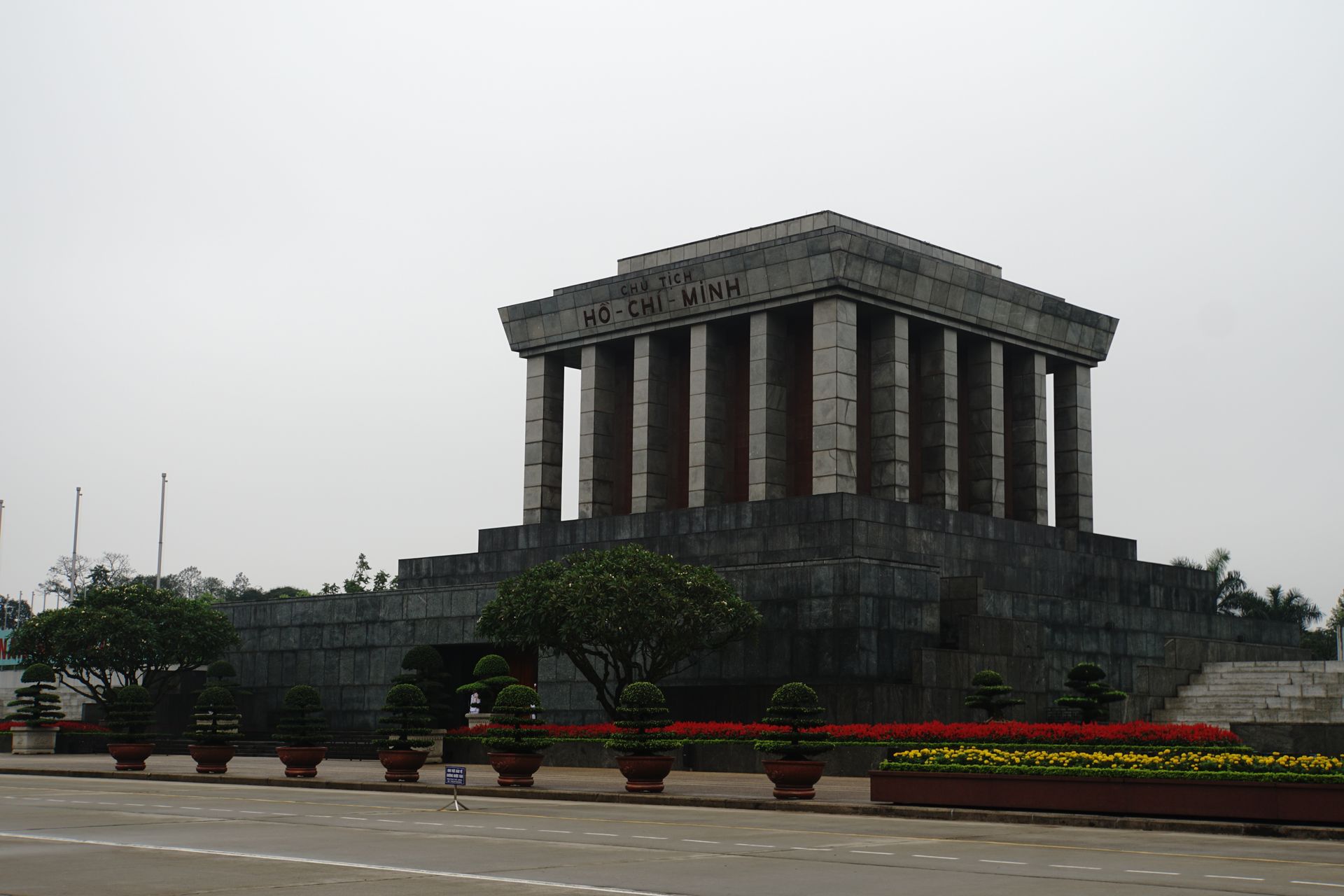
Ho Chi Minh Mausoleum
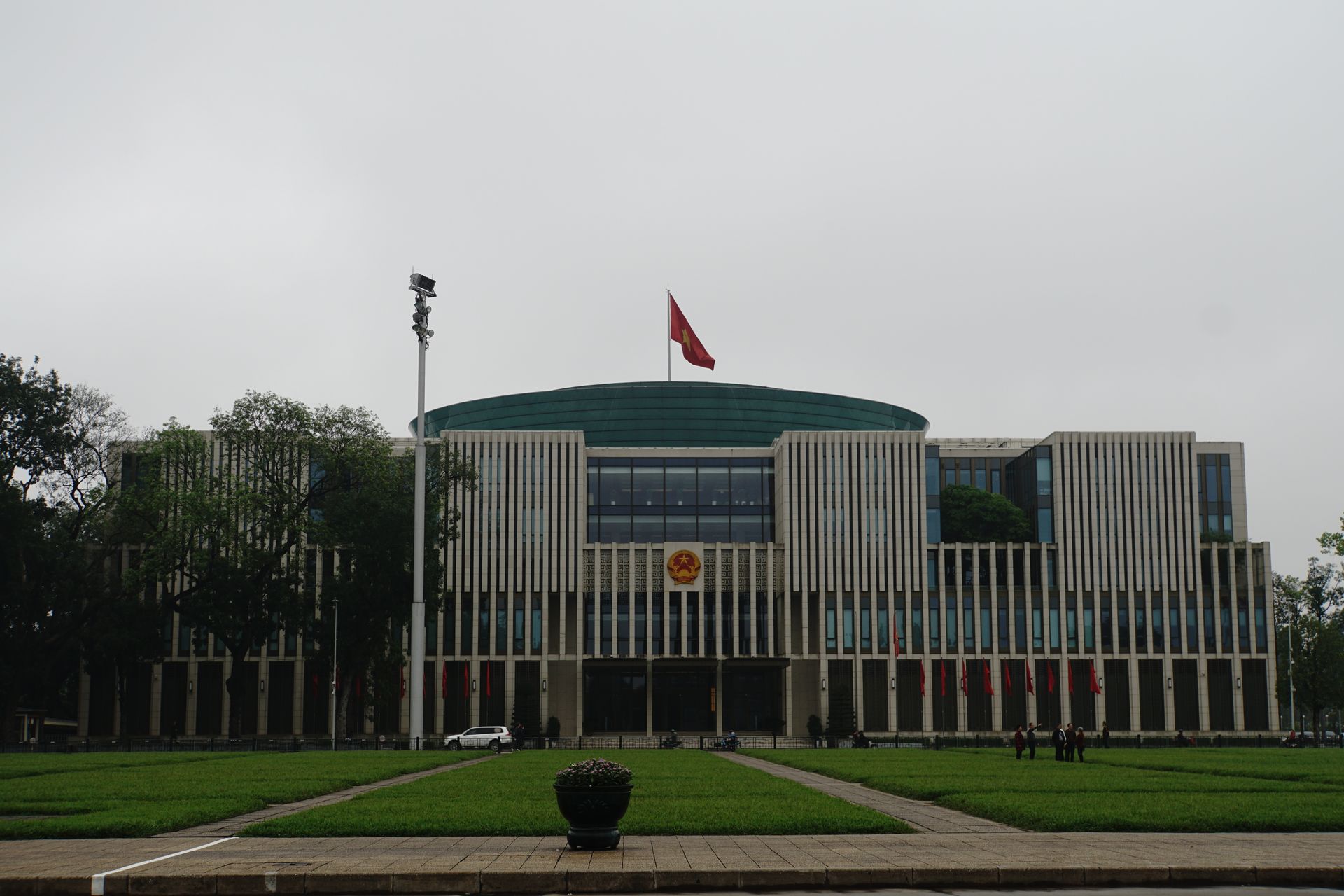
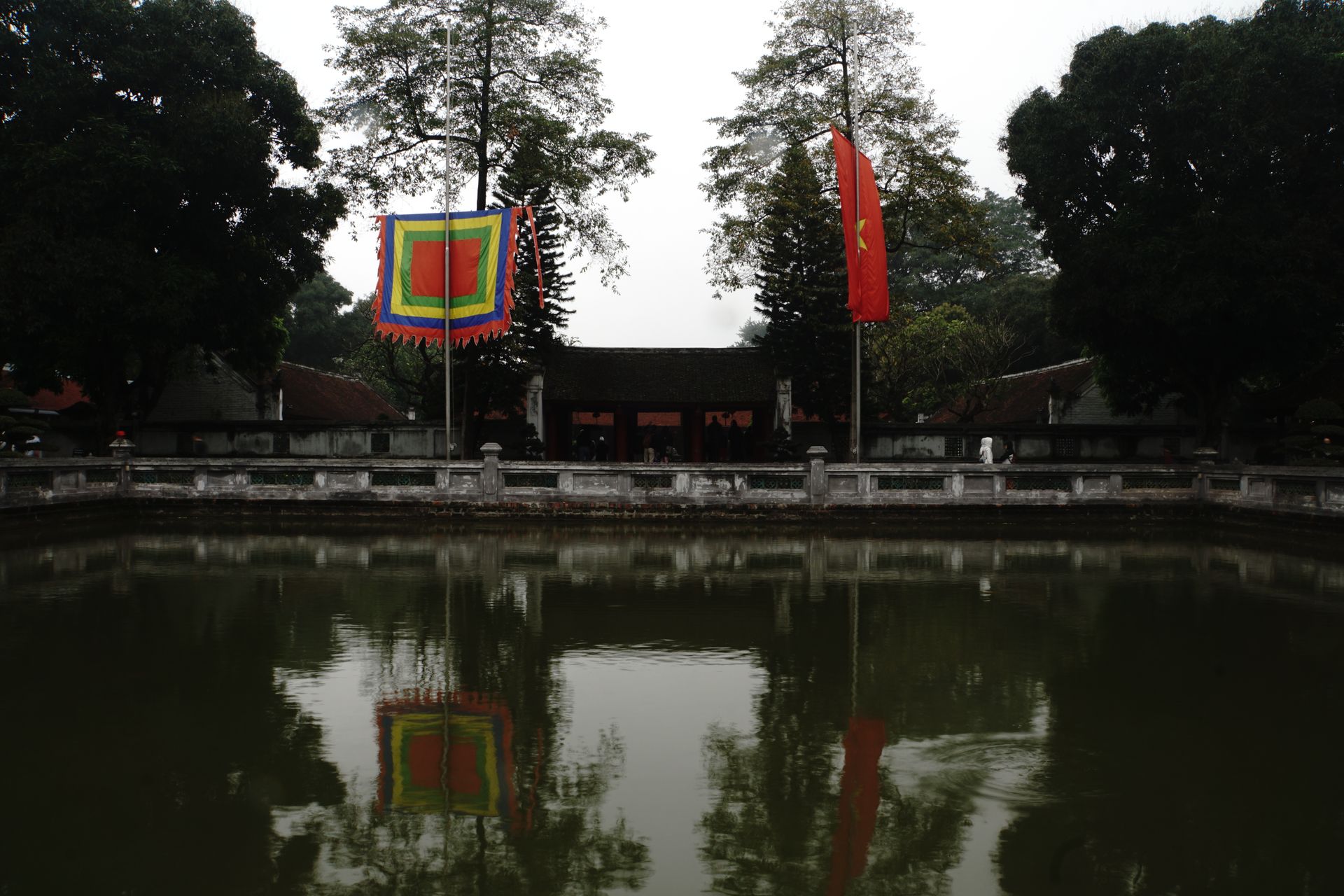

On the way back to the city, we have a coffee in a small street café and try a Vietnamese coffee specialty: Egg Coffee. For this coffee, an egg yolk is beaten with sweetened condensed milk (or sugar) and added to the coffee. The egg coffee apparently originated due to a milk shortage in 1946. The coffee tastes excellent! The beaten egg mixture strongly resembles an Italian zabaglione, but without the wine.

By now it is late afternoon, and we have to go back to the hotel because we will be picked up there for a street food tour by a student around half past five! On this tour, Alissa (that's what she calls herself) shows us her favorite restaurants in Hanoi, and we get to try a little something everywhere. Among them are typical Vietnamese dishes such as Spring Rolls, Fresh Spring Rolls, Pho Bo, Rice Noodle Salad, Banh Mi, a dessert made from rice, and for dessert, an Egg Coffee. Everything tastes very delicious! We often sit on the sidewalk right by the street on small stools and tables. These can be quickly removed and rearranged since it is not officially allowed to use the sidewalk. We learn a lot about the food, the culture, and also the geography of Vietnam. And Alissa also refreshes her English skills in the meantime. After all the food, we are stuffed and just fall into bed!



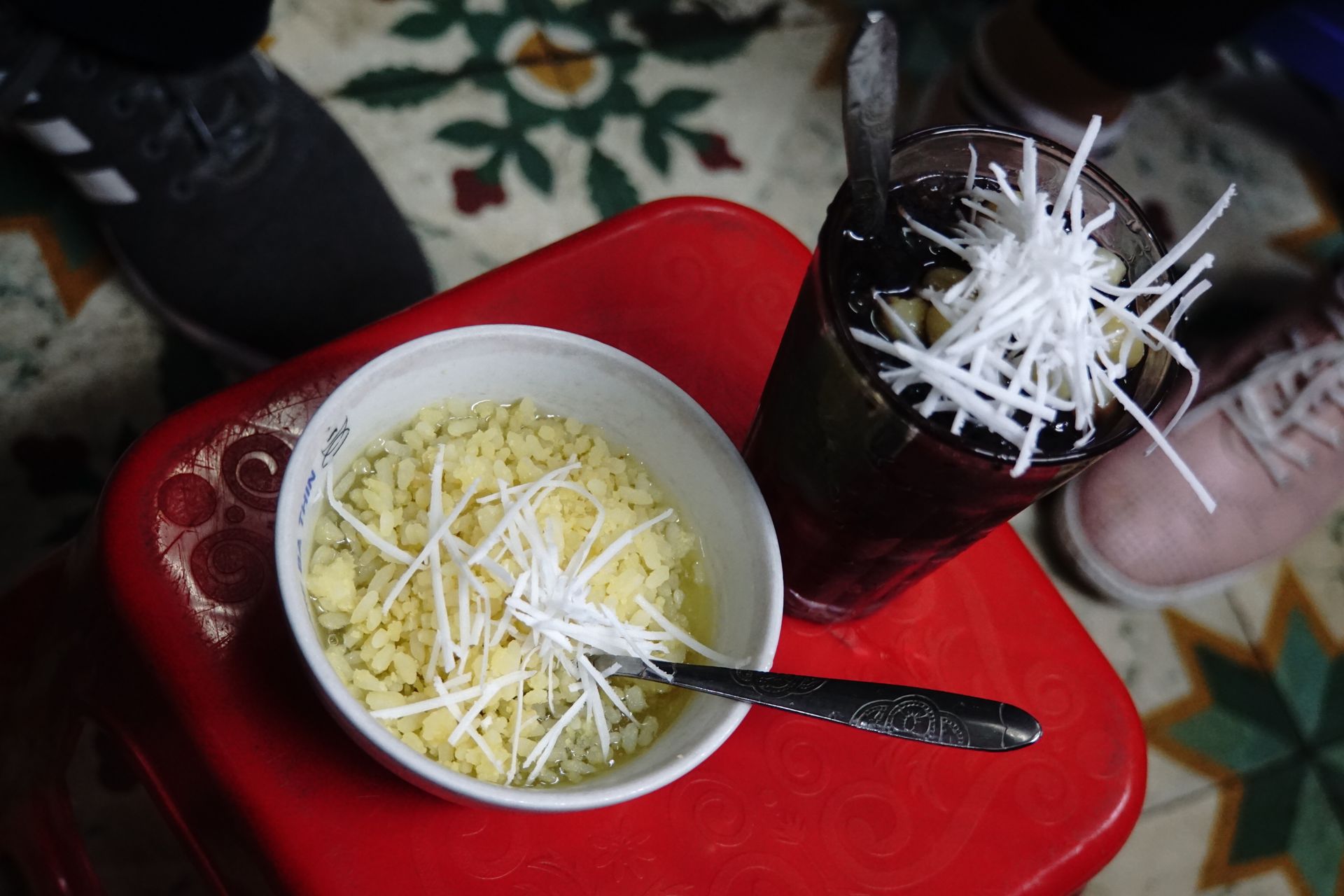

The next day is our first excursion. We're going to Ninh Binh. This region with the same name as the capital city is located about 90 km south of Hanoi. Here we visit the Hua Lu Temples, which were built on the remains of the former royal palaces in memory of the Dinh Dynasty (968-980) and the Le Dynasty (980-1009). The Dinh Dynasty was the second Vietnamese ruling dynasty after Vietnam became independent from China after over 1000 years. Both royal families had their seat in this province. Unfortunately, today there is only one stone plate left of what were once probably magnificent palaces (at least that's the only thing our guide knows about).

A warm summer rain welcomes us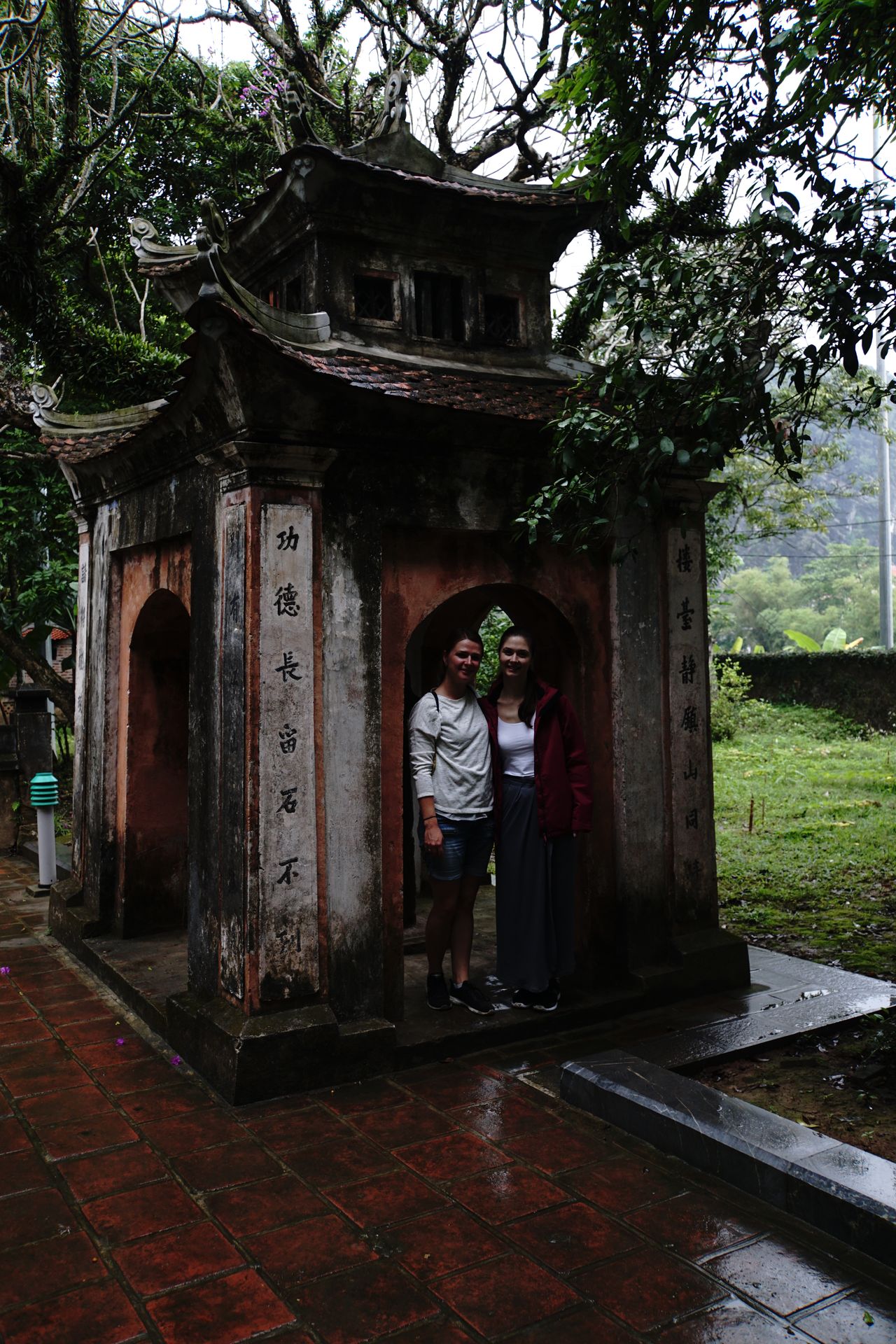 In a pagoda in the Dinh Temple
In a pagoda in the Dinh Temple
The landscape in Ninh Binh is a karst landscape, similar to the Ha Long Bay. However, Ninh Binh is not completely under water, only the Red River flows through the region, which is why it is also called the 'Dry Bay' or the 'Inland Ha Long Bay'. A karst landscape is a landscape formed by weathering and sedimentation from limestone.
After our temple tour, we are taken to a small restaurant where we can feast on Vietnamese delicacies at the buffet once again. Afterwards, we are allowed to explore the surroundings and the rice fields on bicycles. Vietnam is not only the second-largest producer of coffee but also the fifth-largest rice-growing area with almost 43 million tons per year. We learn that all rice fields are state-owned, and the farmers are directly employed by the state. In northern Vietnam, the rice can only be harvested once a year. In the south, on the other hand, due to the mild climate and the absence of seasons, rice can be harvested two to three times a year.

After eating, you should rest or ride a bike By the way, rice was only cultivated to be a water plant; originally, it also thrived on dry land. However, flooding the fields was an efficient method of pest control.
By the way, rice was only cultivated to be a water plant; originally, it also thrived on dry land. However, flooding the fields was an efficient method of pest control.
Before we head back to Hanoi, we make a stop in Tam Coc. Here we can experience the karst landscape up close on small rowboats. We are taken on a ride along the Ngo Dong River, past numerous rice fields, and through small limestone caves. The boat rowers have developed an interesting technique, as they paddle with their legs instead of their arms, which is more back-friendly. Clever! And they are also very good at doubling the tip they receive because before the boat turns around, we are encouraged to buy a cold beer for the poor rower. Behind our back, the can is then exchanged for money. Of course, the rower also expects a bill at the destination. He can't live off that beer alone.
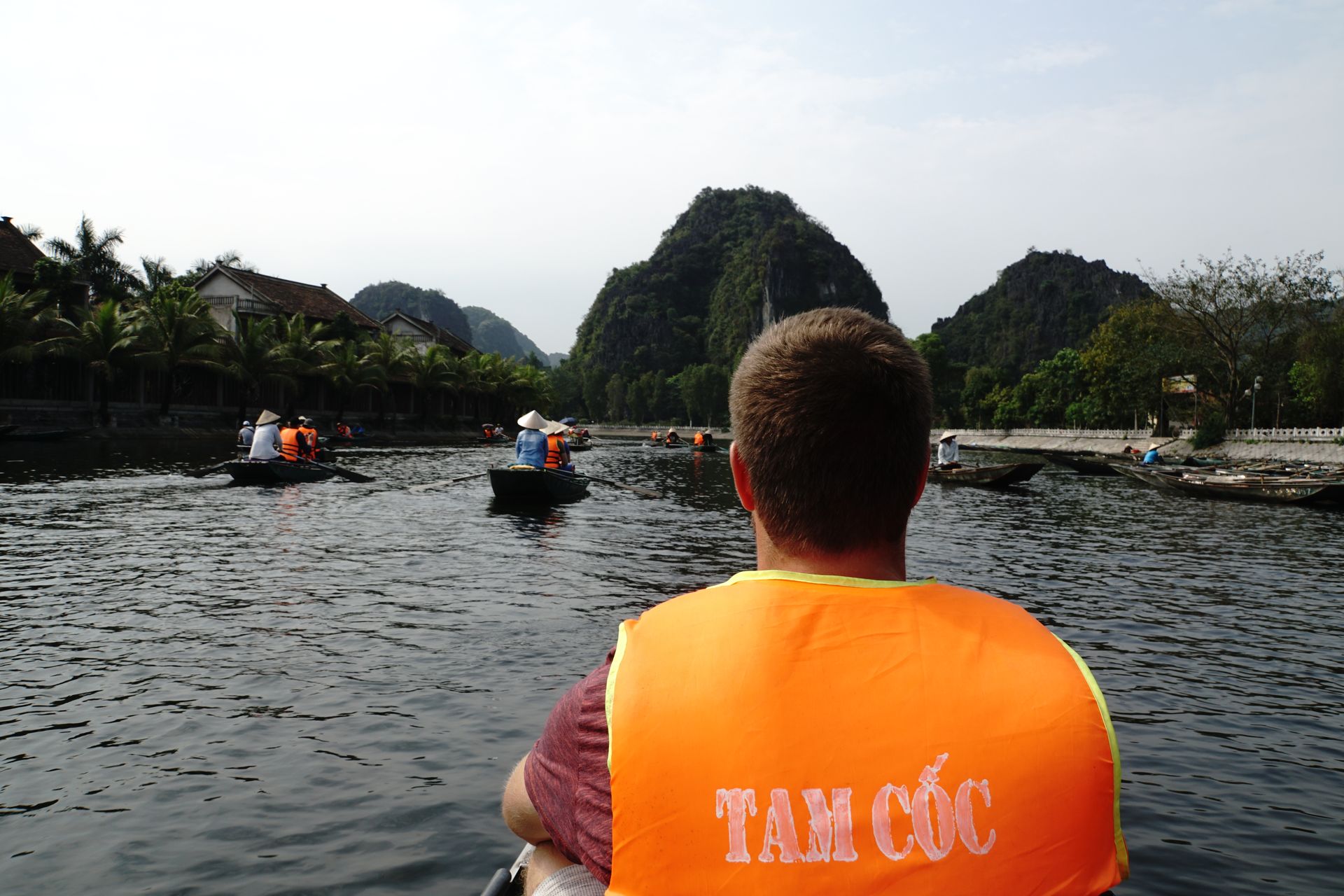
The limestone hills are covered with vegetation and dotted with caves
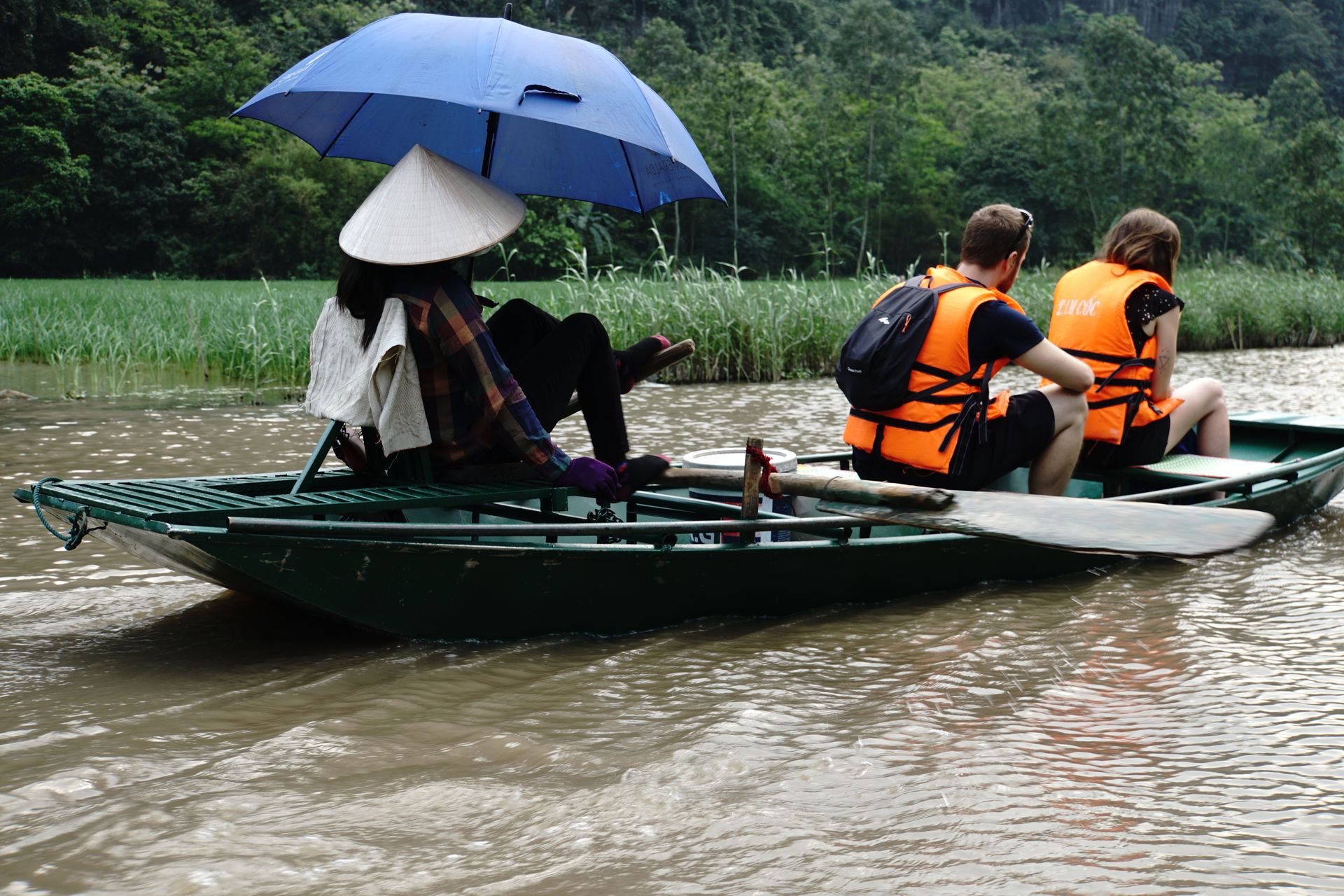
Paddling with the legs

We now head directly back to Hanoi. We have seen a lot! We stroll through the brightly lit Old Quarter of Hanoi again and treat ourselves to a delicious dinner and a sweet bun filled with chocolate (Hot Coffee Bun) for dessert.
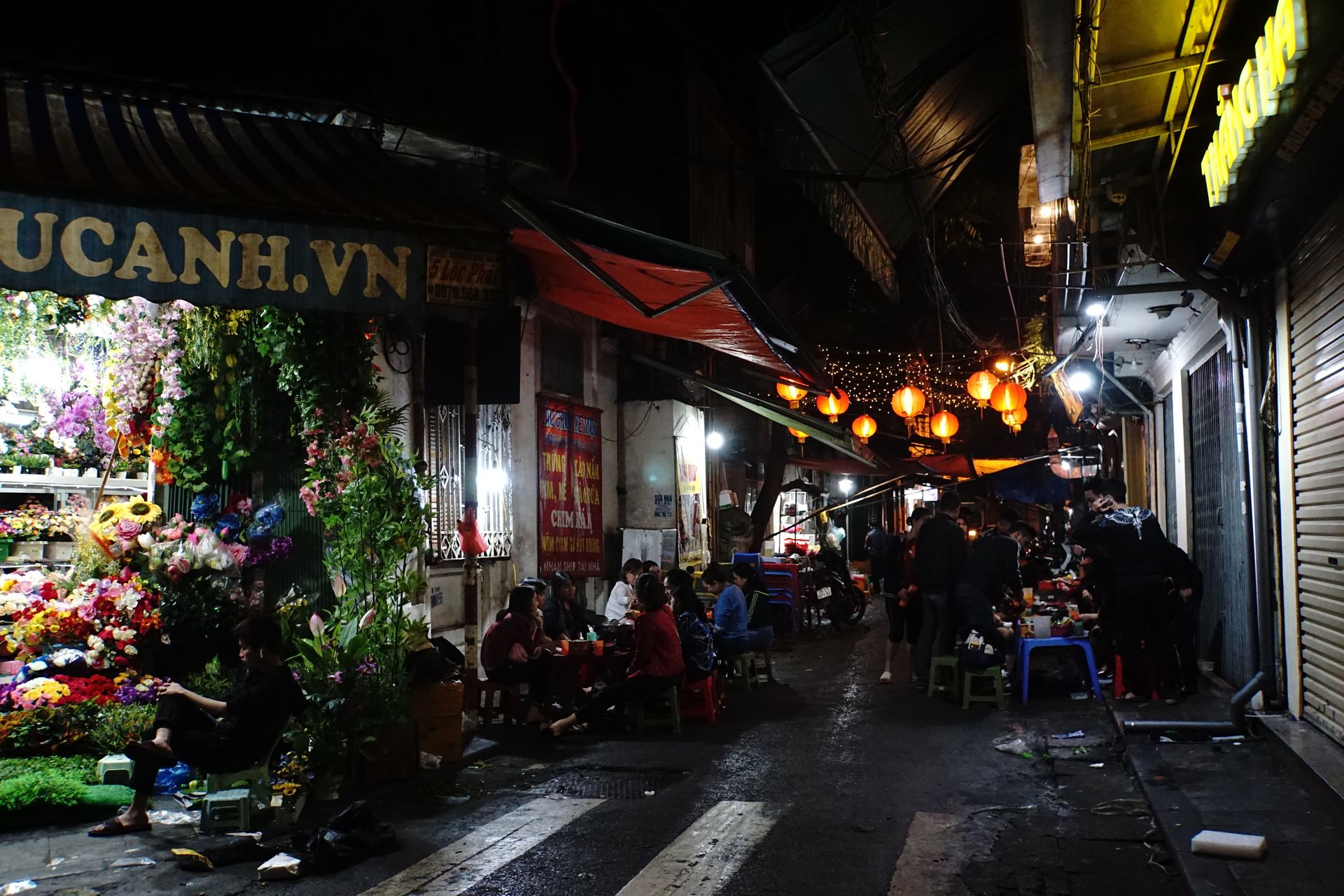
Hanoi's Old Quarter at night
The next morning, we start early again. We go to the real Halong Bay. After about two hours of driving and a short coffee break, we switch from the car to a boat. With this boat, we will sail through the Bay of the Descending Dragon for the next three hours. The landscape is very impressive. Many interesting rock formations protrude from the water. The long chain of round hills reminded the first settlers of the spines on the back of a dragon, which disappears into the sea here. So the circle closes.
There is a lot of activity on the water. We see some smaller cruise ships with a capacity of a maximum of 50 people, tiny fishing boats, and barges loaded up to the brim, which are barely 10cm above the water. Unfortunately, environmental pollution does not stop at Halong Bay, and sometimes a lot of plastic waste floats on the water's surface. This really dampens the mood. Especially since it's also difficult for us to avoid plastic here. Everything is packed in two to three bags, from chip bags to apples. Drinking water is often only available in small bottles. And even in cafes, we often get plastic cups.

Halong Bay Fishing boat on the water with mussel farming in the background
Fishing boat on the water with mussel farming in the background The chain of hills can easily be mistaken for a dragon's back in the fog
The chain of hills can easily be mistaken for a dragon's back in the fog
The carpet of garbage tarnishes the impression of an otherwise very beautiful landscape
After an extensive lunch on board, we switch to kayaks or rowboats and paddle actively or are paddled, depending on personal preference. Laura and Caro get into a kayak together, and Markus, who has caught a slight cold due to the many air conditioners, prefers to be rowed over the water.

Caro and Laura in action

On the shore, we even spot a monkey that calmly watches the activity on the water. After a short tunnel passage, kayak riders have the opportunity to explore the surroundings. Markus, on the other hand, has bad luck, as the little rower prefers to take a nap instead of carting the tourists around even further!
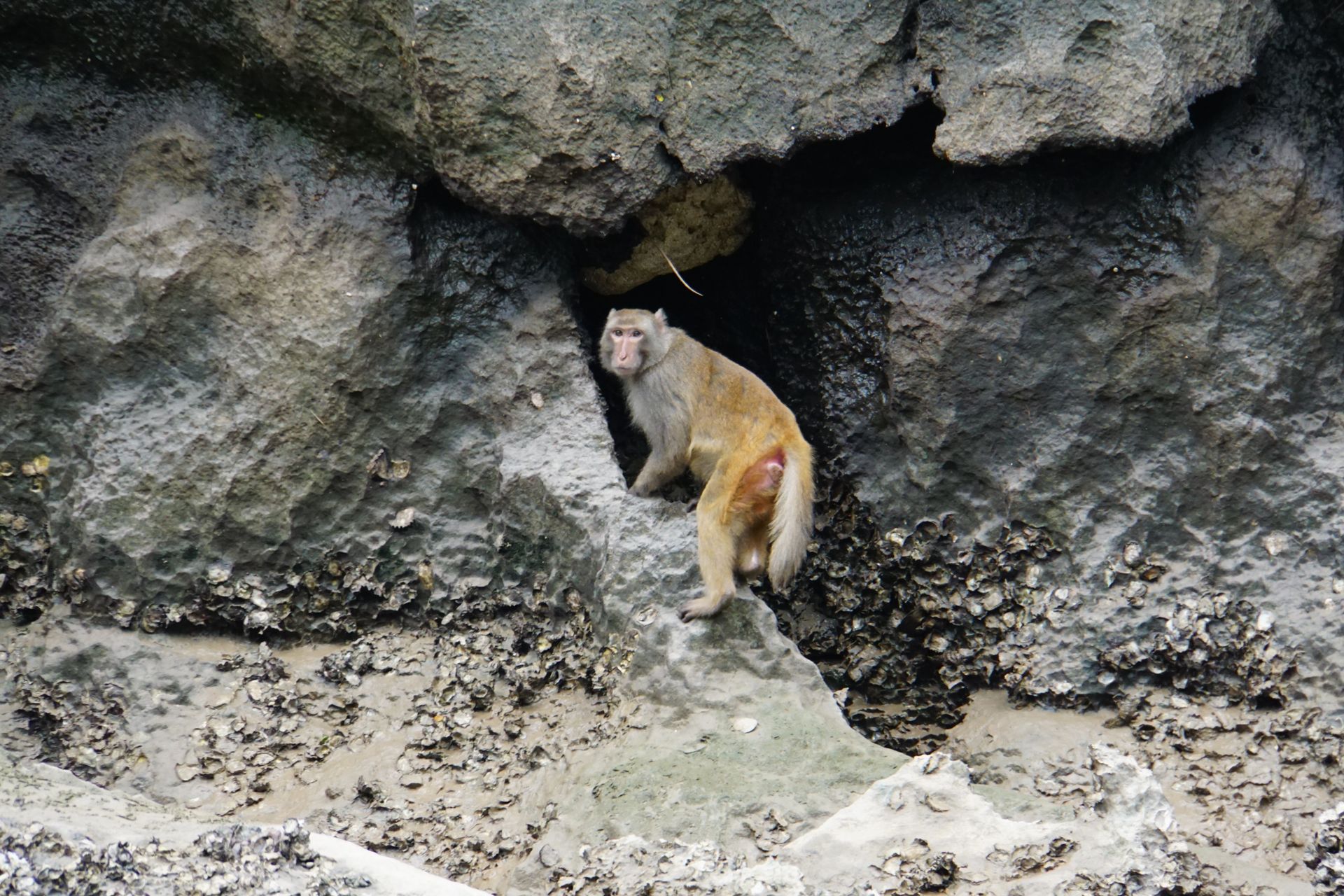

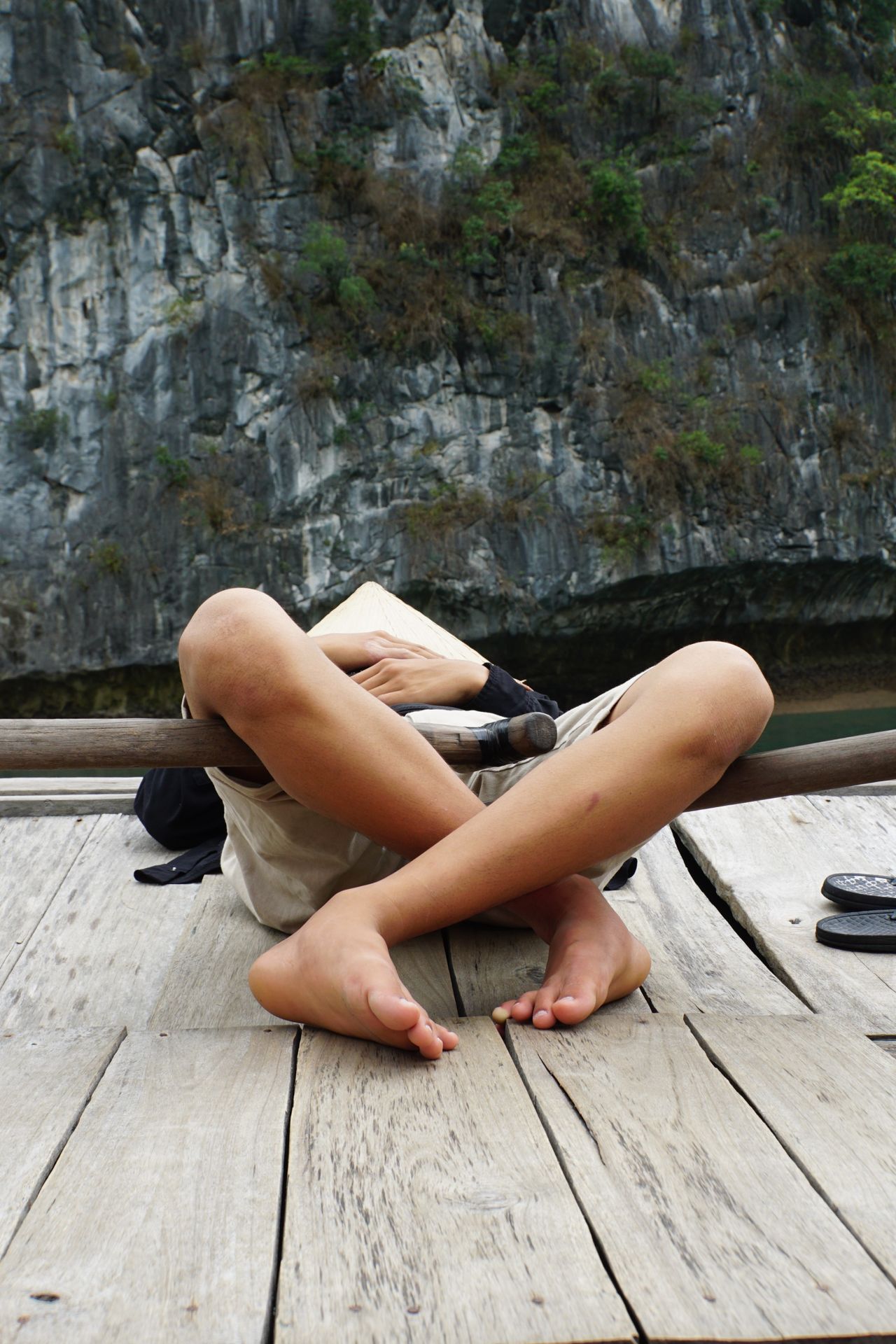
Back on the boat, we start the return journey. However, it doesn't get boring, as we also learn how to cook traditional Vietnamese spring rolls at home! We had a lot of fun doing it!
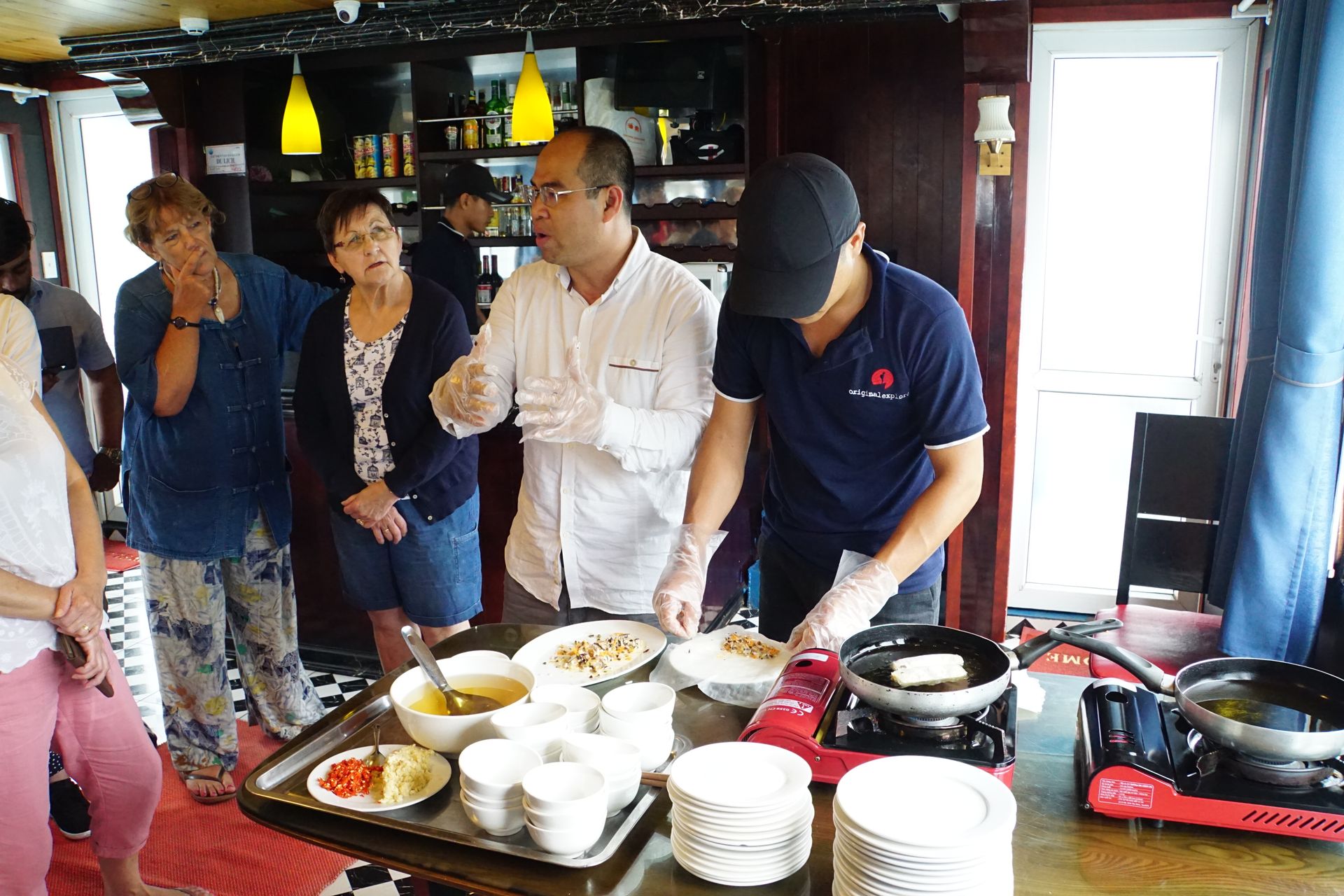

On the way back, we stop at floating houses where fishermen live. They go fishing every day and 'store' their live fish in nets in their front yard to keep the catch fresh. There, we first see Arrowhead Crabs, which look quite peculiar. In addition, fish (we can't remember the species) are fed and turn out to be quite ruthless when it comes to eating. The water splashes left and right while individual fish completely jump out of the water to get some of the leftover food from the boat.

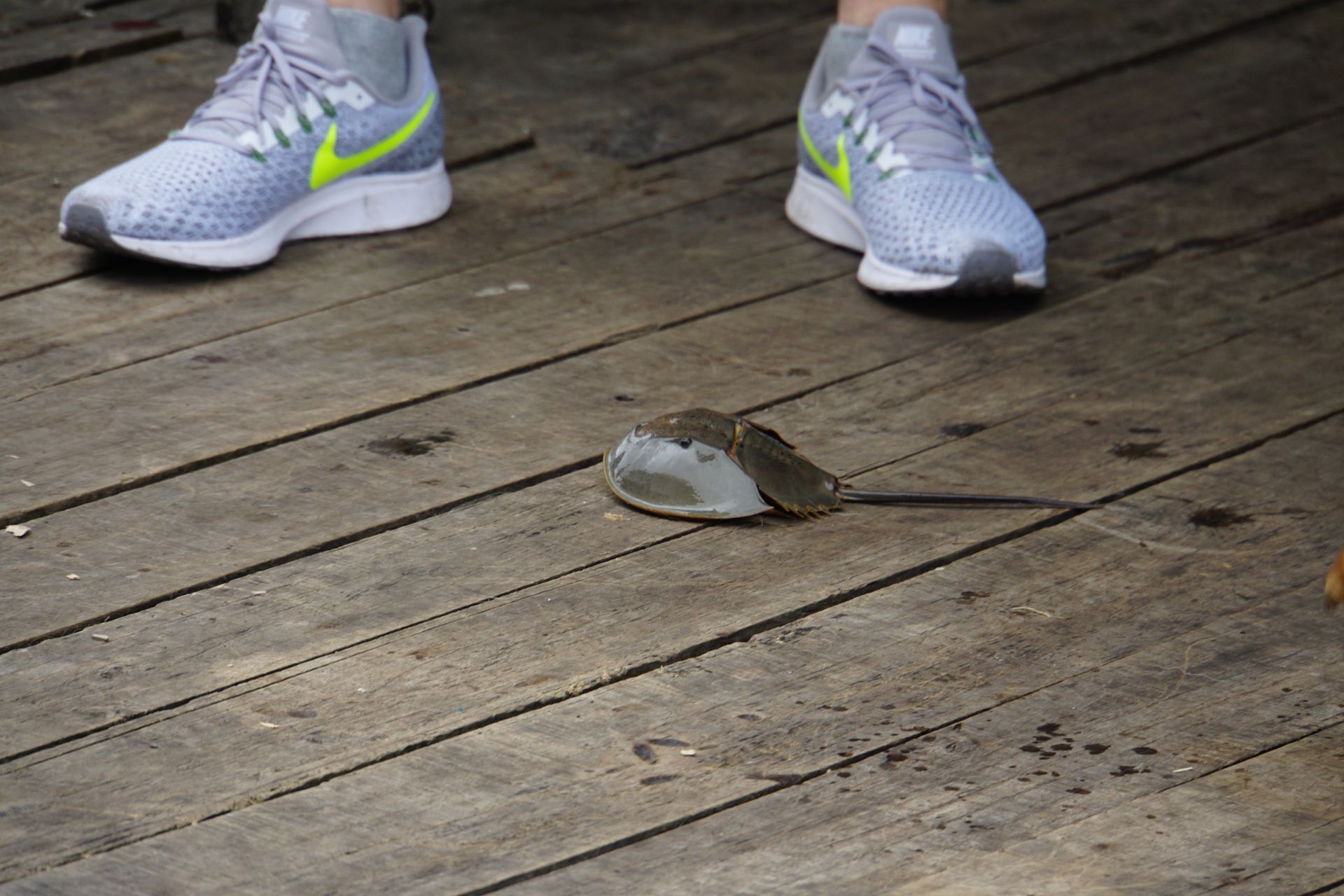


Back on the mainland, we head straight back to Hanoi. Since we don't have much appetite, we get ourselves another coffee bun and stroll back to the hotel.
We use our last day in Hanoi for sightseeing or to see the things we didn't see on the first two days in Hanoi. First, we go to the Đồng Xuân Market, which is the largest market in Hanoi and offers everything from clothing and household goods to food. After that, we go to the Temple of the Jade Mountain. This is a Buddhist temple located on the Hoàn Kiếm Lake in the center of Hanoi. Before lunch, we visit the old Opera House in Hanoi, which was built by the French colonialists between 1901 and 1911.


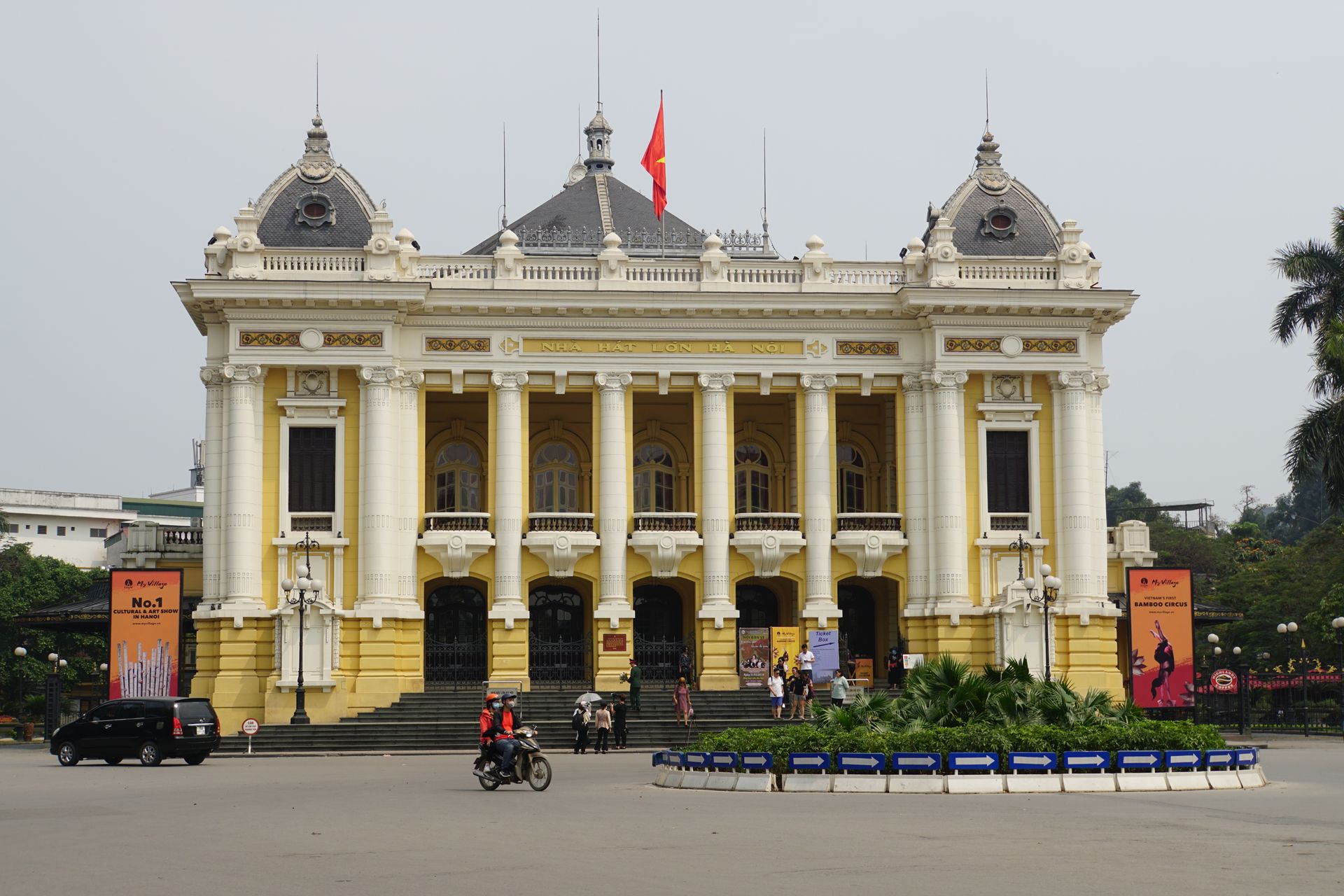
For lunch, we go to a slightly fancy vegan restaurant that Caro already knows from her last stay in Hanoi. The food tastes delicious, even though we don't really know what exactly we are eating in some cases. But the main thing is that it tastes good!

After being well-fed, we continue to the Hỏa Lò Prison. It was built in 1904 by the French and served to imprison and torture Vietnamese resistance fighters. It is horrifying what people can do to each other! We get an impression of this in the prison, which leaves a bitter aftertaste. American prisoners of war were also held here during the Vietnam War. However, they were not tortured and had a significantly better life at this place compared to the former inmates. The prison no longer exists in its entirety. The part that is still standing and can be visited is set up like a museum and provides insight into the daily life of the former inmates.

After the short but quite sufficient prison stay, we have an egg coffee and also fortify ourselves with a Banh Mi sandwich because our night train to Sa Pa will depart in a few hours.
Iscriviti alla Newsletter
Risposta
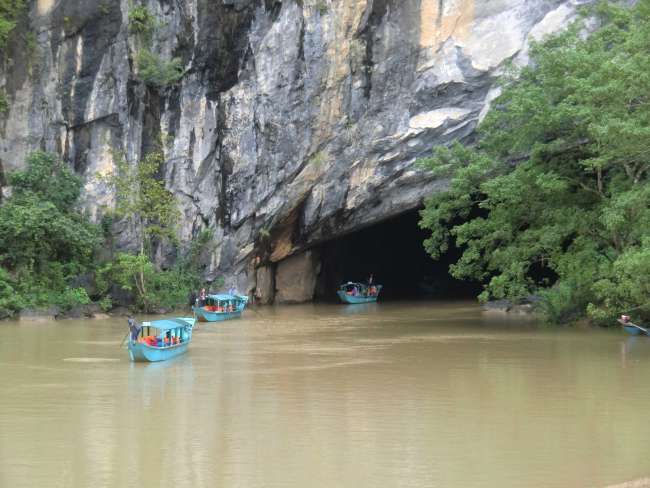
Rapporti di viaggio Vietnam
